When you walk into a gym, few tools are as iconic—and effective—as the barbell. Whether you're a beginner learning the ropes or a seasoned lifter chasing new personal records, understanding barbell weights and how to use them properly can transform your workouts and elevate your strength training results.
What Are Barbell Weights?
Barbell weights refer to the plates that are loaded onto a barbell for resistance training. They typically come in standard sizes—2.5 lb, 5 lb, 10 lb, 25 lb, 35 lb, and 45 lb in the U.S.—and are made from cast iron, rubber-coated metal, or urethane. The standard Olympic barbell itself weighs 45 lb (20 kg) and is the go-to in most commercial gyms and competitions.
You’ll find two main types of barbells in gyms:
-
Standard barbells – lighter, often used in home gyms with 1-inch diameter sleeves.
-
Olympic barbells – heavier-duty, used in professional settings, with 2-inch sleeves for secure plate loading.
Why Barbell Training Works
Barbells allow for progressive overload, the cornerstone of muscle growth and strength. Because they support heavy compound lifts like squats, deadlifts, and bench presses, barbells recruit multiple muscle groups simultaneously—making your training more efficient and effective.
Other benefits include:
-
Better load distribution: Compared to dumbbells, barbells let you lift heavier while maintaining balance.
-
Improved stability and control: Especially when paired with a power rack or Smith machine.
-
Trackable progress: Barbell weights make it easy to measure improvements by simply adding plates as you get stronger.
Choosing the Right Barbell and Weights in the Gym
If you're just starting out, it’s tempting to load up the bar and go heavy. But in most gym settings, form trumps ego. Start with lighter weights, even just the barbell itself, to lock in technique.
Here’s a simple breakdown for beginners:
-
Barbell only (45 lb) – Great for practicing form.
-
65–95 lb (with small plates) – Ideal for beginners working on squats or presses.
-
135+ lb (with 45 lb plates) – Intermediate and up, depending on lift and experience level.
Don’t be afraid to ask gym staff or trainers for help racking weights, setting up equipment, or checking your form. Safety and confidence go hand-in-hand.
My Journey with Barbell Weights
When I first stepped into a gym as a teenager, I was overwhelmed by the clang of iron and the sight of people squatting more than my body weight. I gravitated toward machines because they felt safer. But everything changed the day I mustered the courage to step into the squat rack.
Starting with just the empty bar, I focused on depth, posture, and control. Over time, I added weight slowly—10 pounds here, 20 pounds there. The moment I hit a 225 lb squat was unforgettable—not because of the number, but because of the confidence it gave me.
That journey taught me this: barbell training isn’t about lifting the most weight. It’s about showing up, improving steadily, and respecting the process.
Tips for Safe Barbell Training
-
Warm up properly: Never jump straight into heavy lifts. Do a few sets with the bar first.
-
Use collars: Always secure your plates to avoid unexpected shifts or falls.
-
Train with a spotter or safety pins: Especially for lifts like bench press or squats.
-
Balance your routine: Combine barbell lifts with dumbbell, machine, and bodyweight exercises.
-
Track your progress: Whether on an app or a notebook, keeping records helps you improve safely and systematically.
Final Thoughts
Barbell weights are more than just pieces of iron—they’re tools for transformation. They teach discipline, resilience, and patience. Whether you’re chasing a new PR or simply looking to get stronger, the barbell remains a timeless ally in the gym.
So the next time you walk past the squat rack or flat bench, don’t hesitate. Load the bar, lift smart, and keep pushing forward.

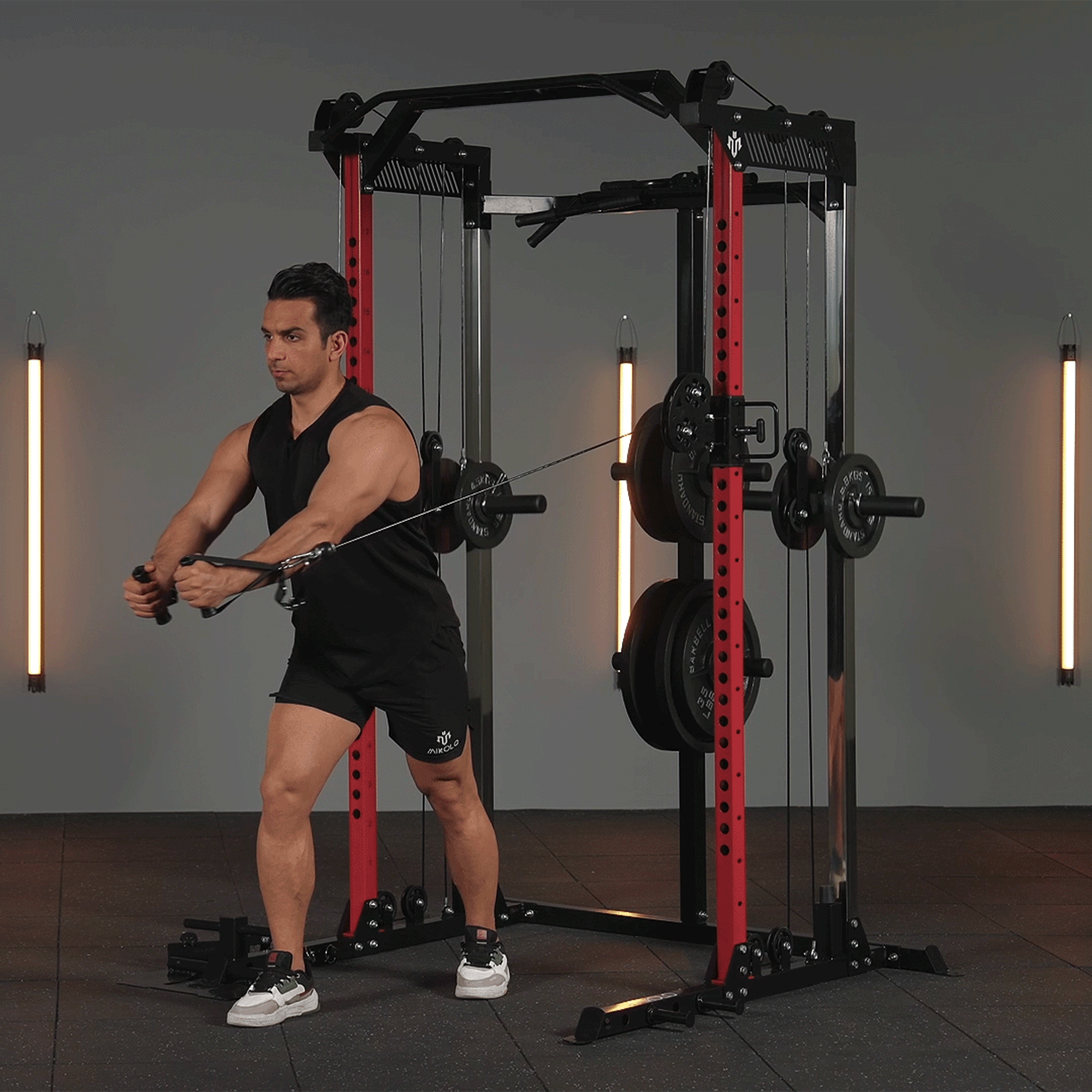



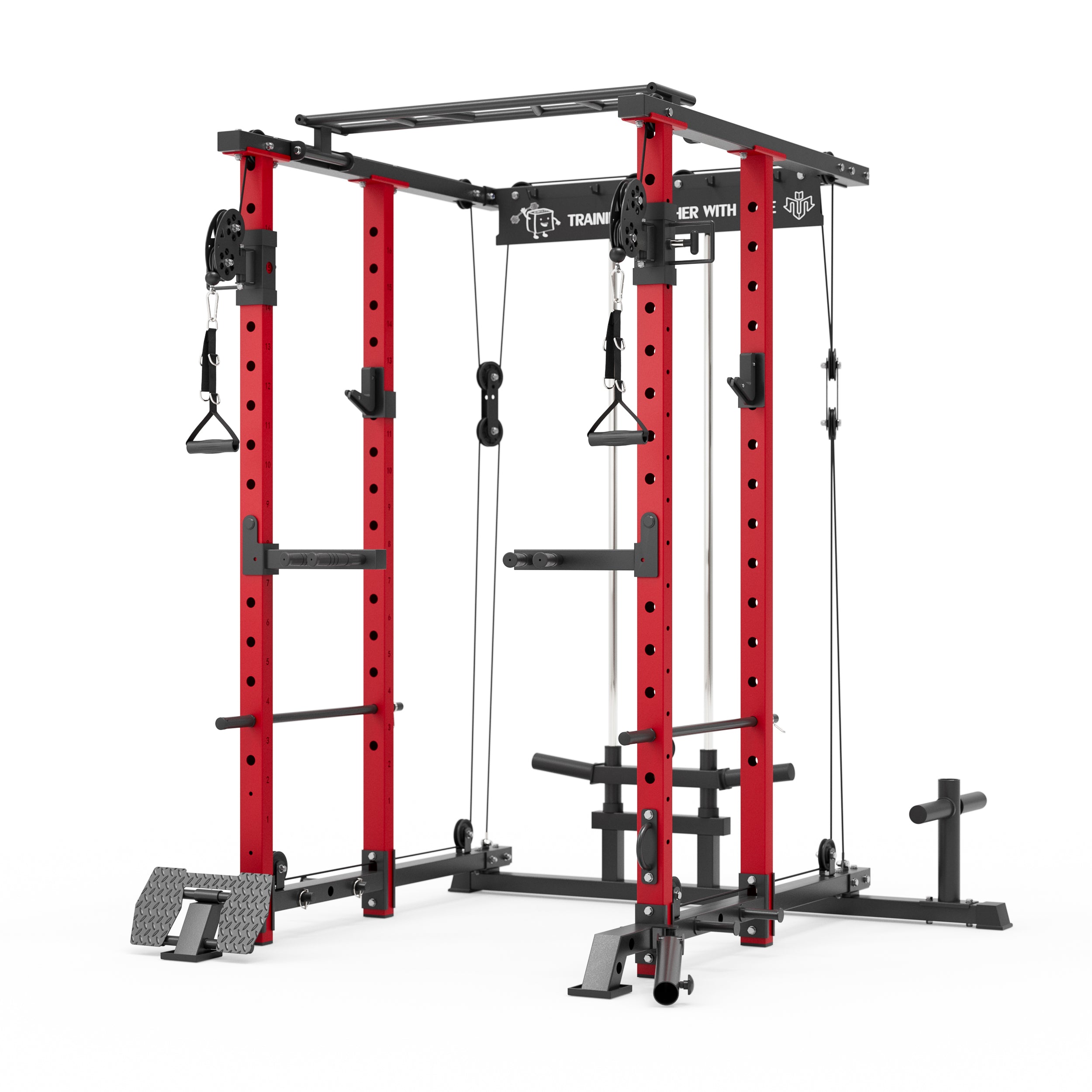
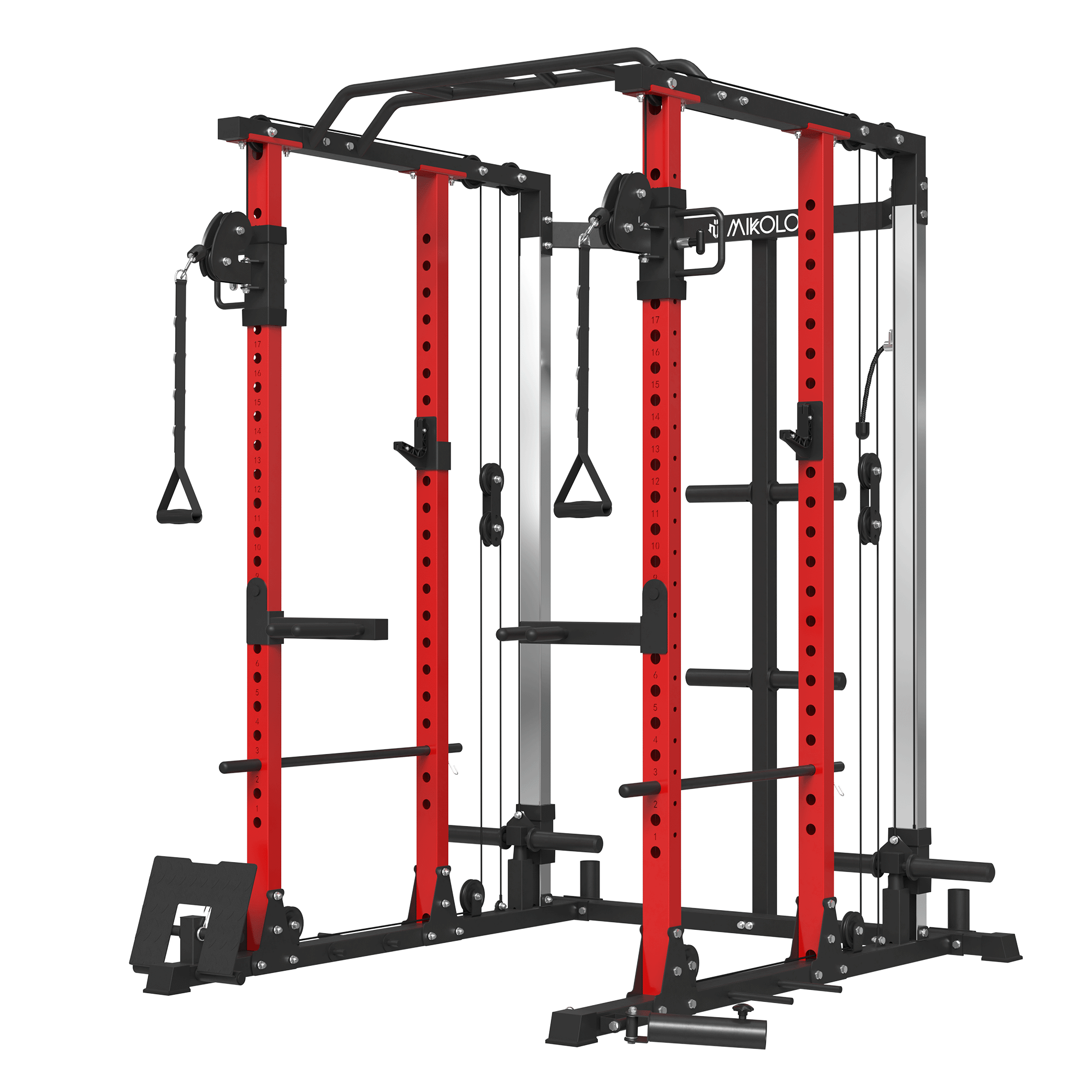
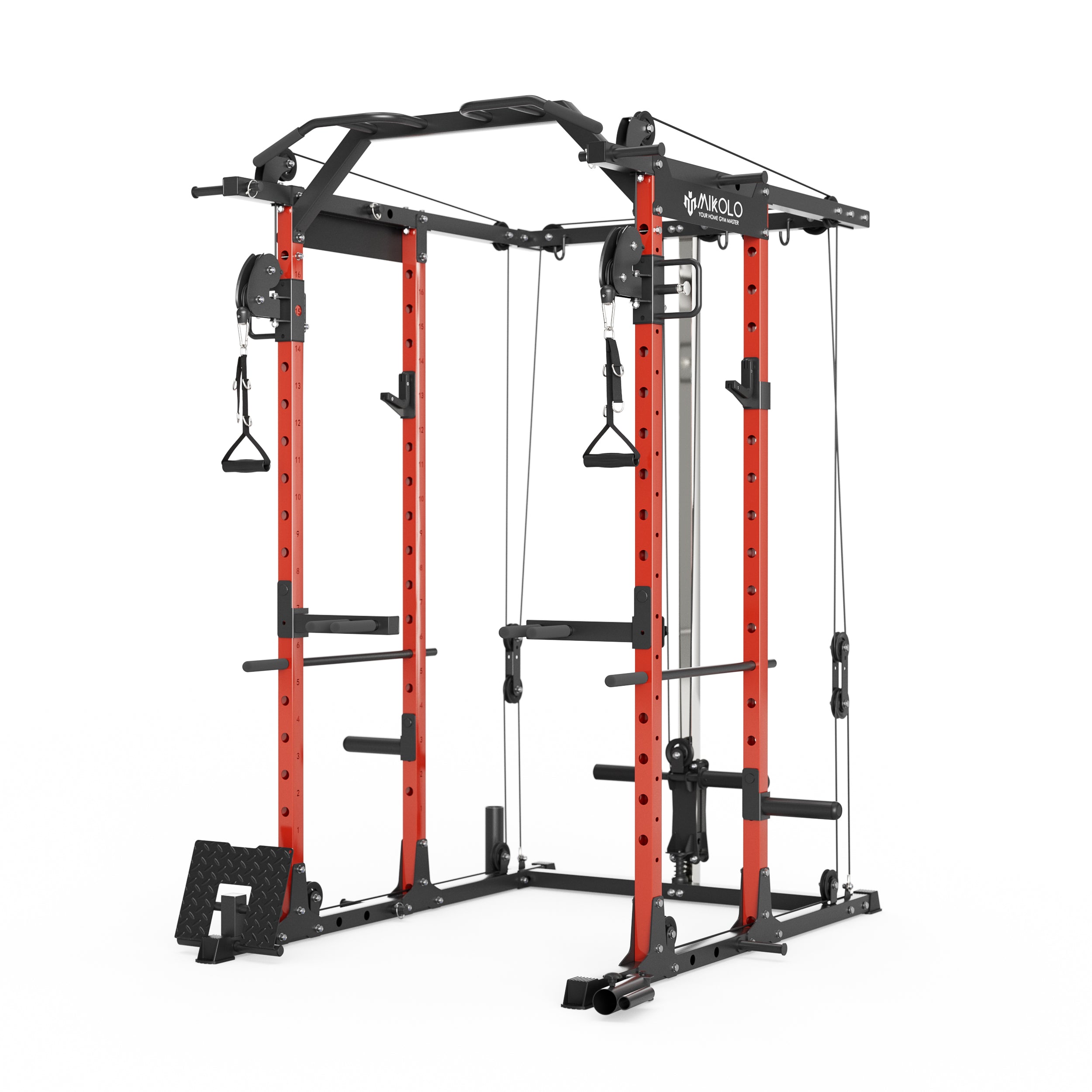
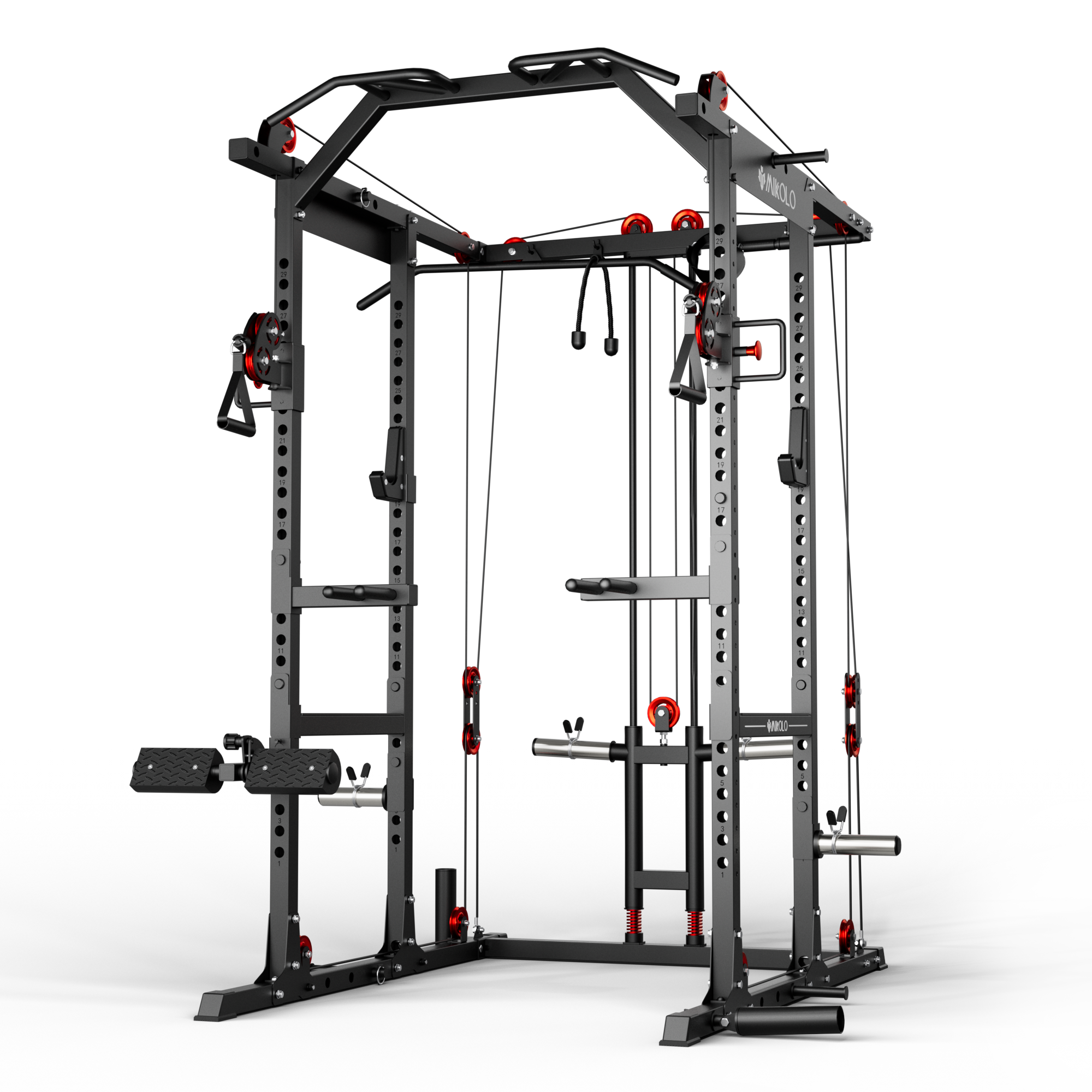
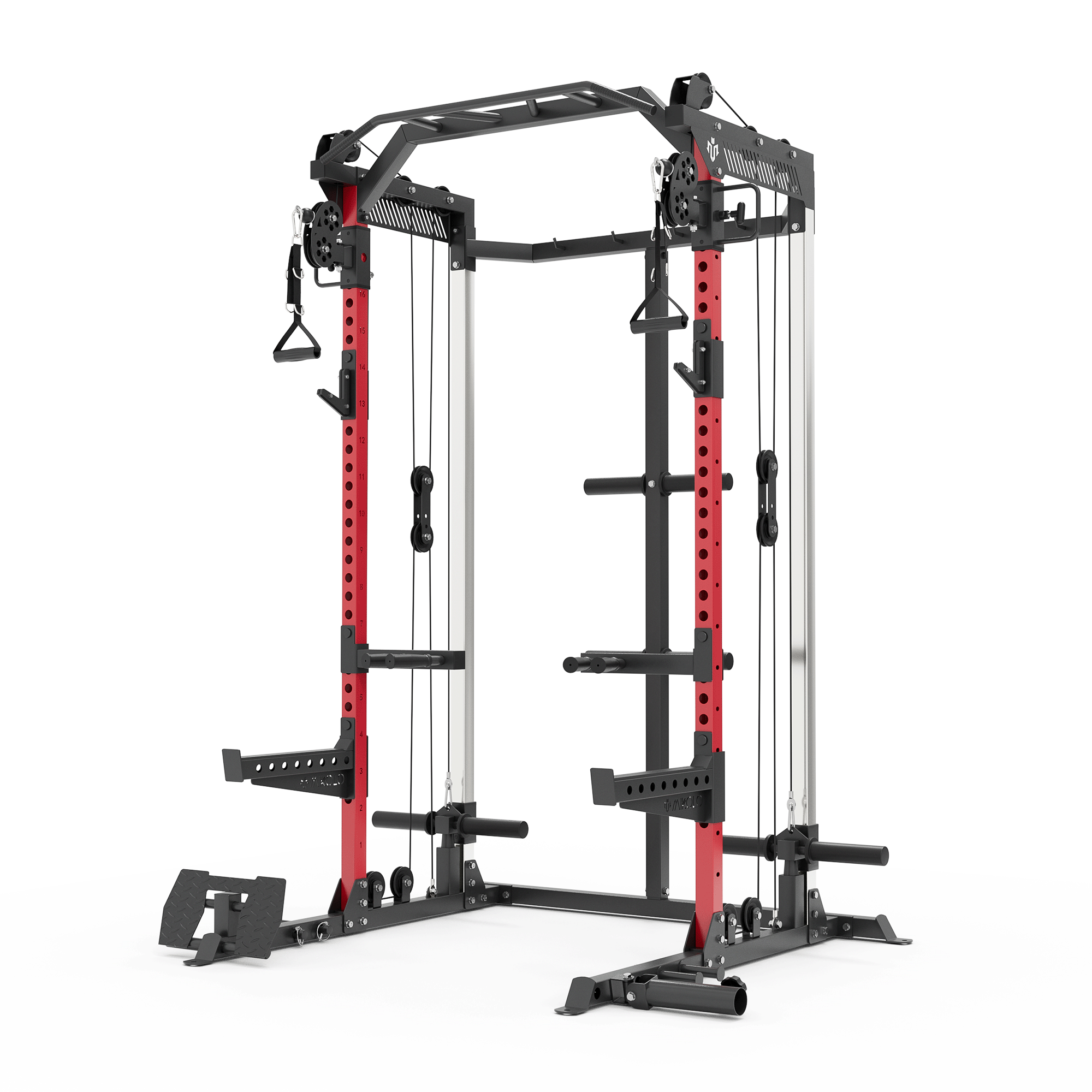
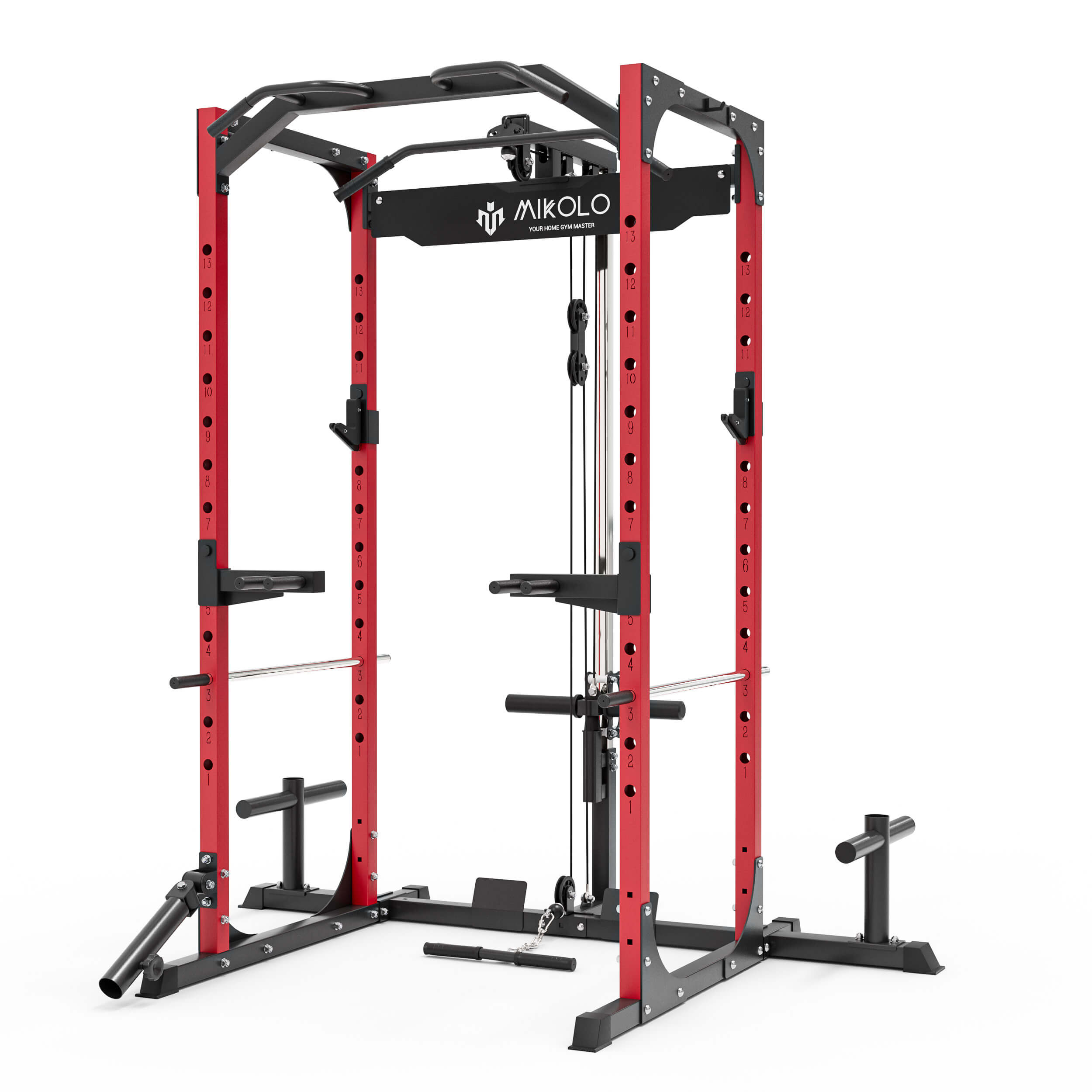

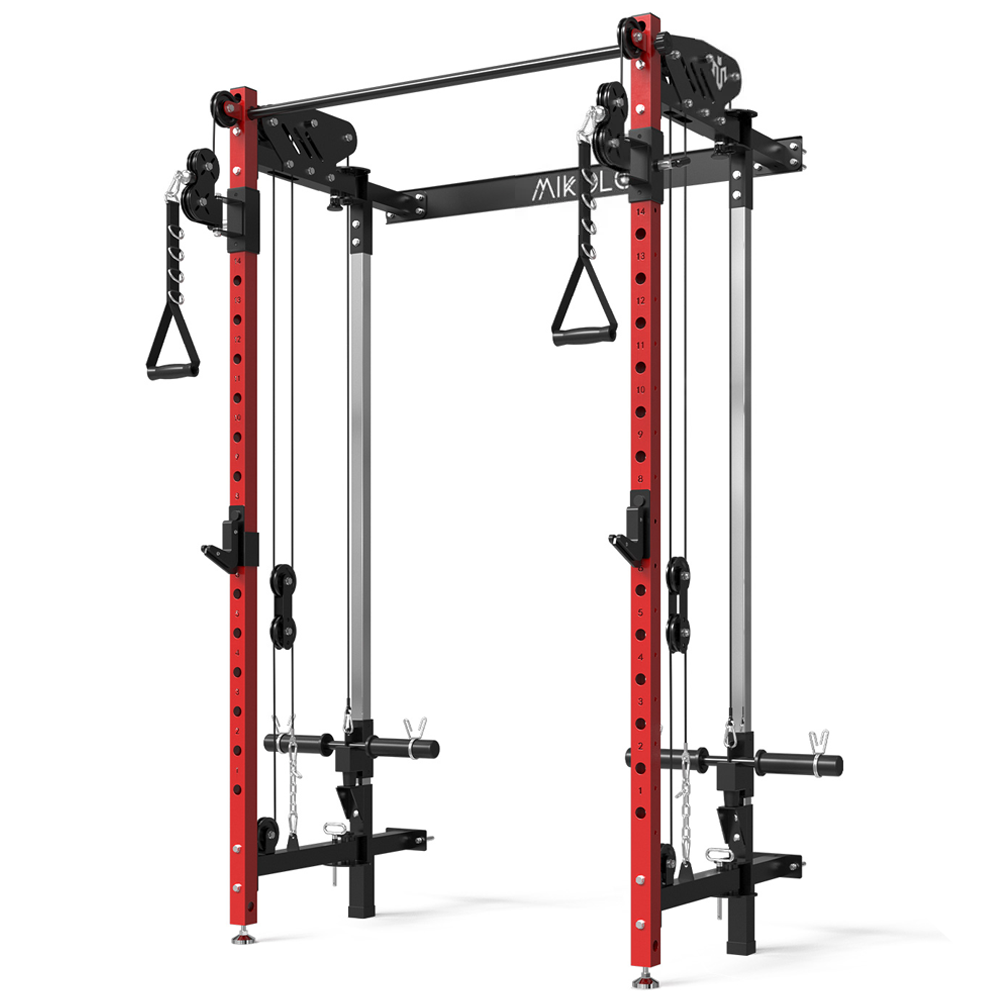
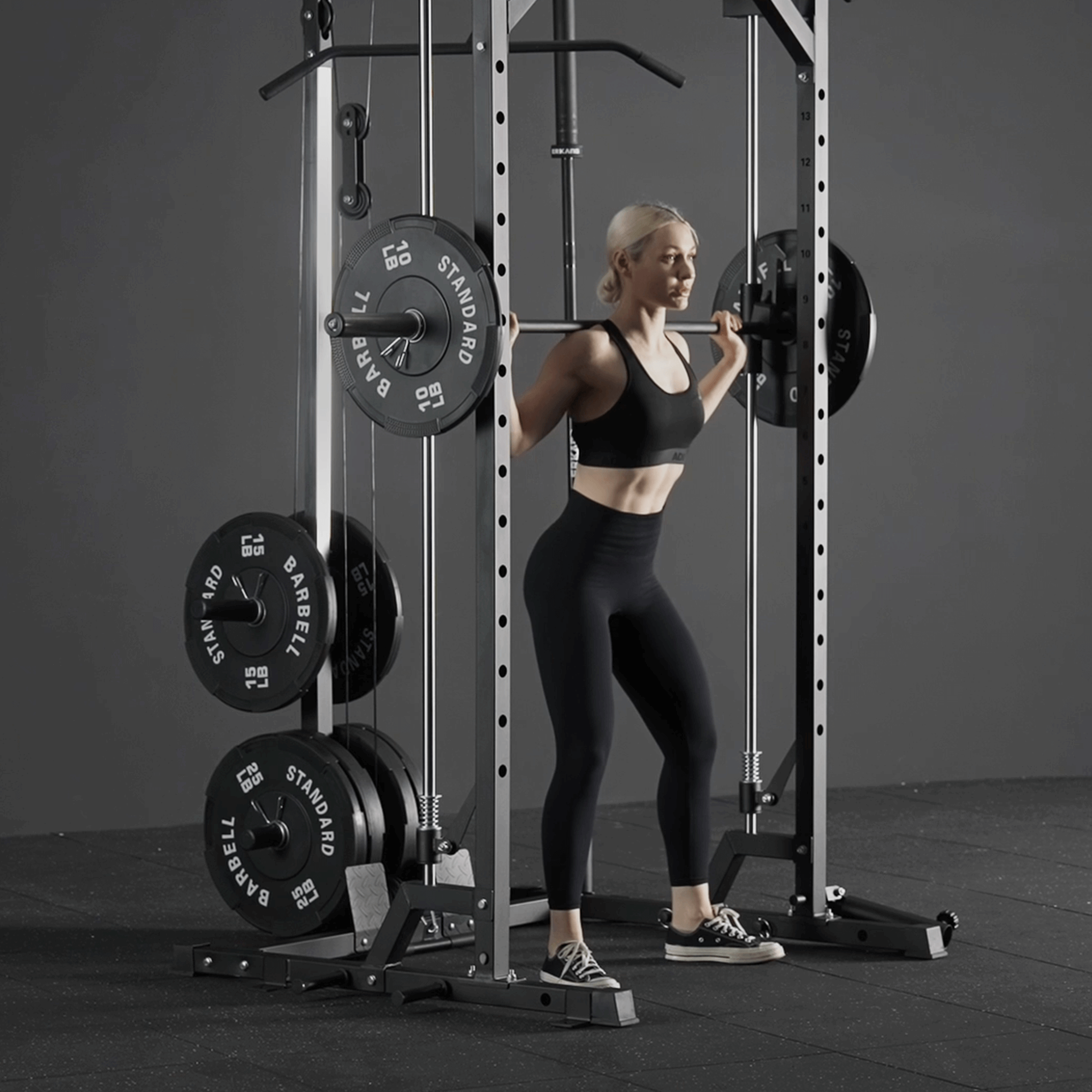
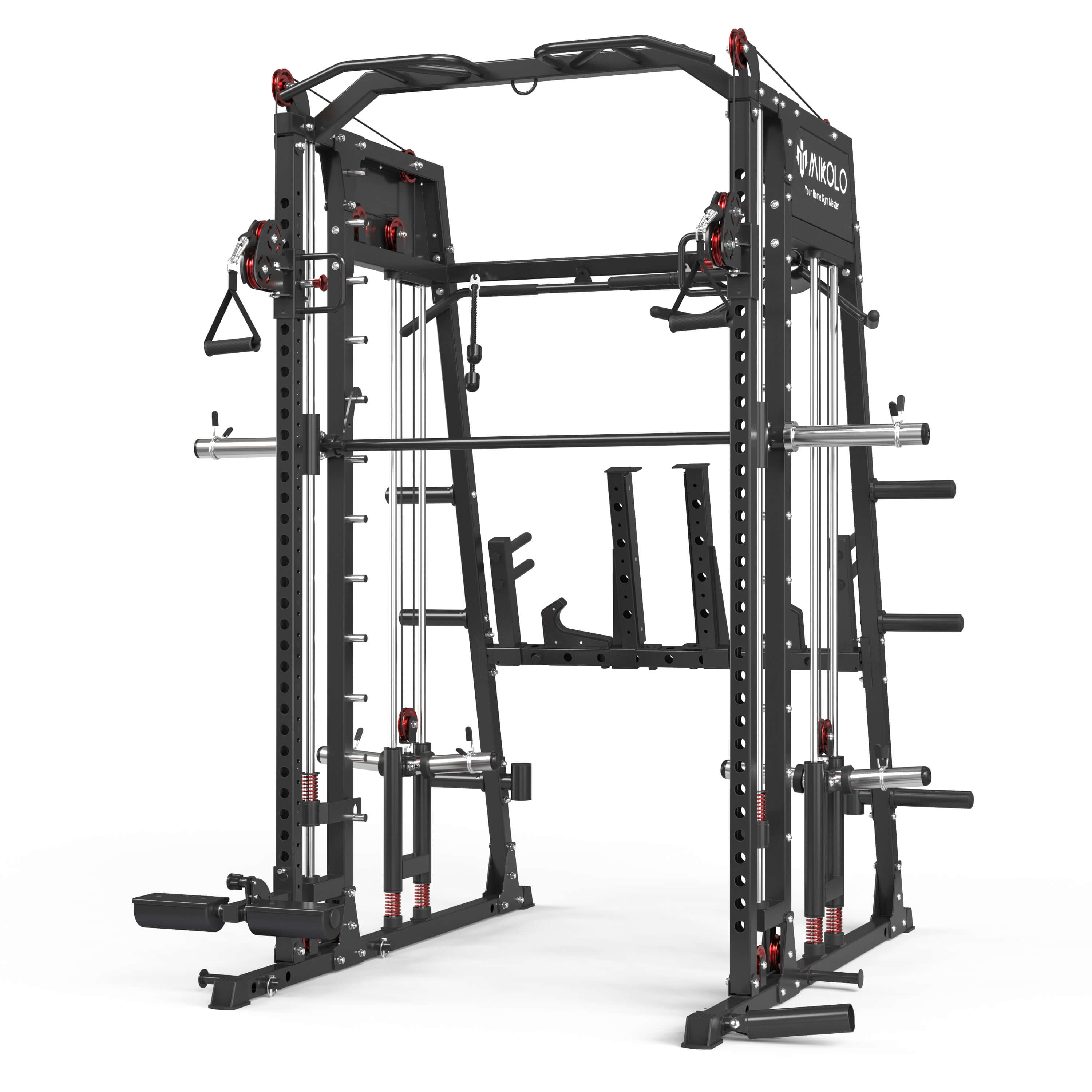


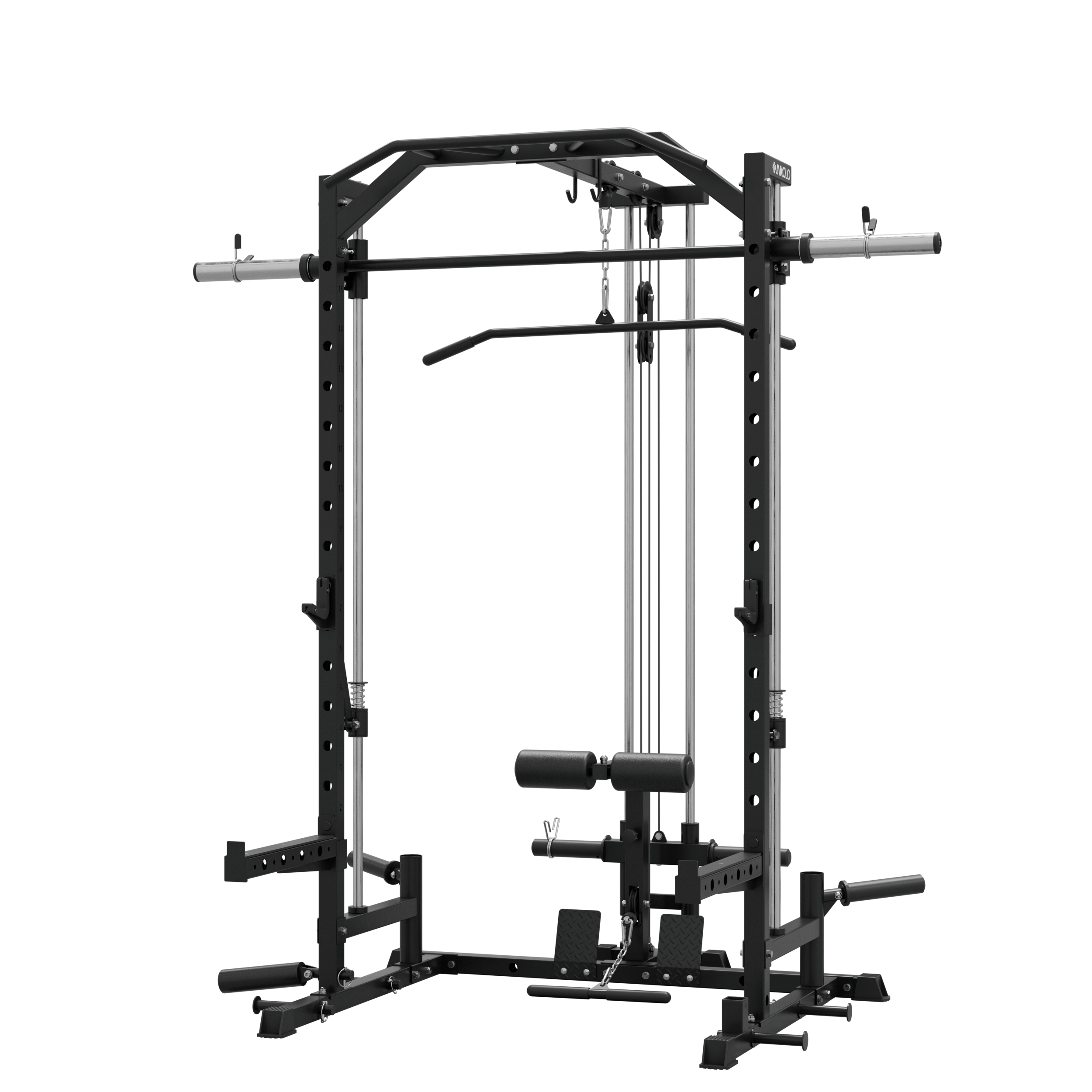
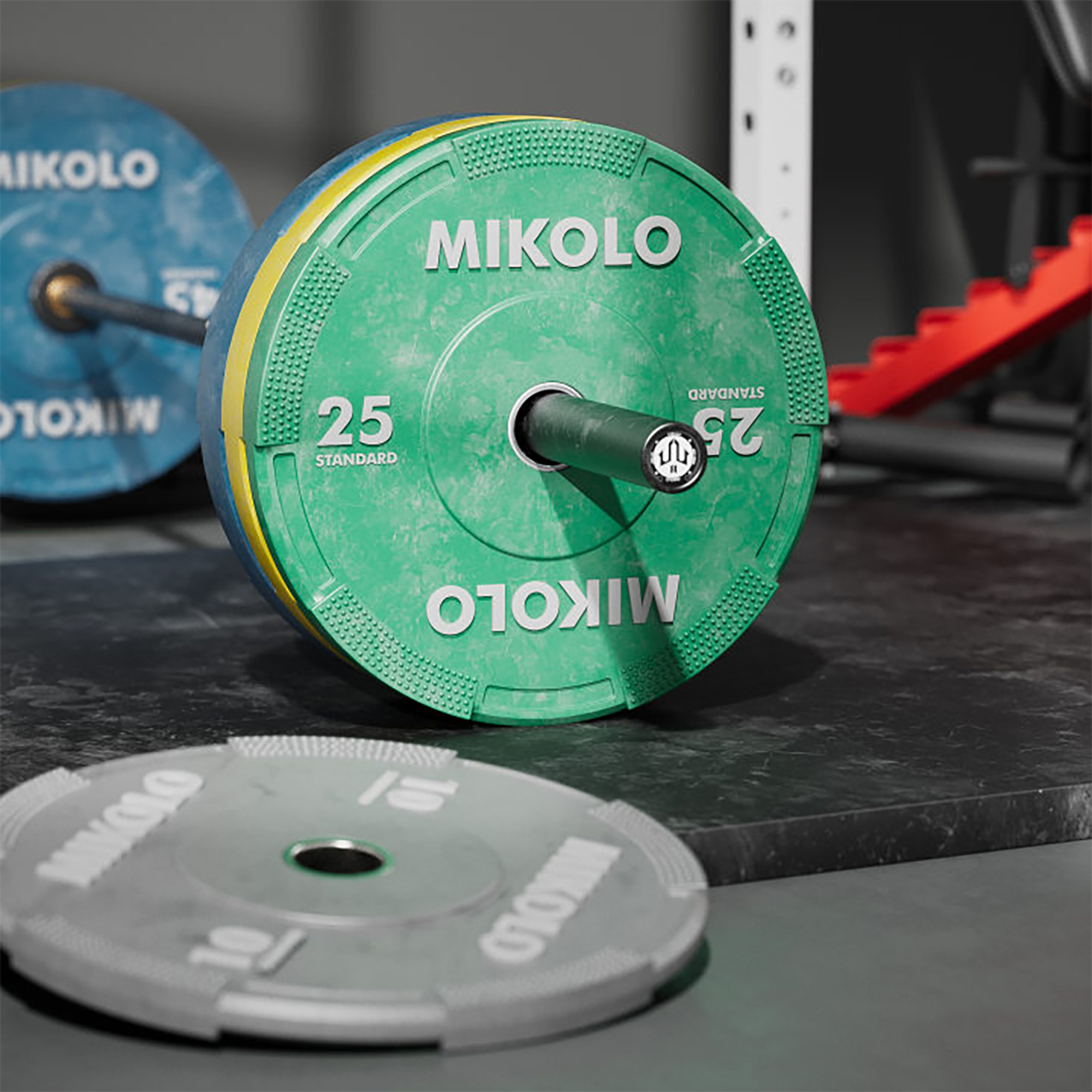

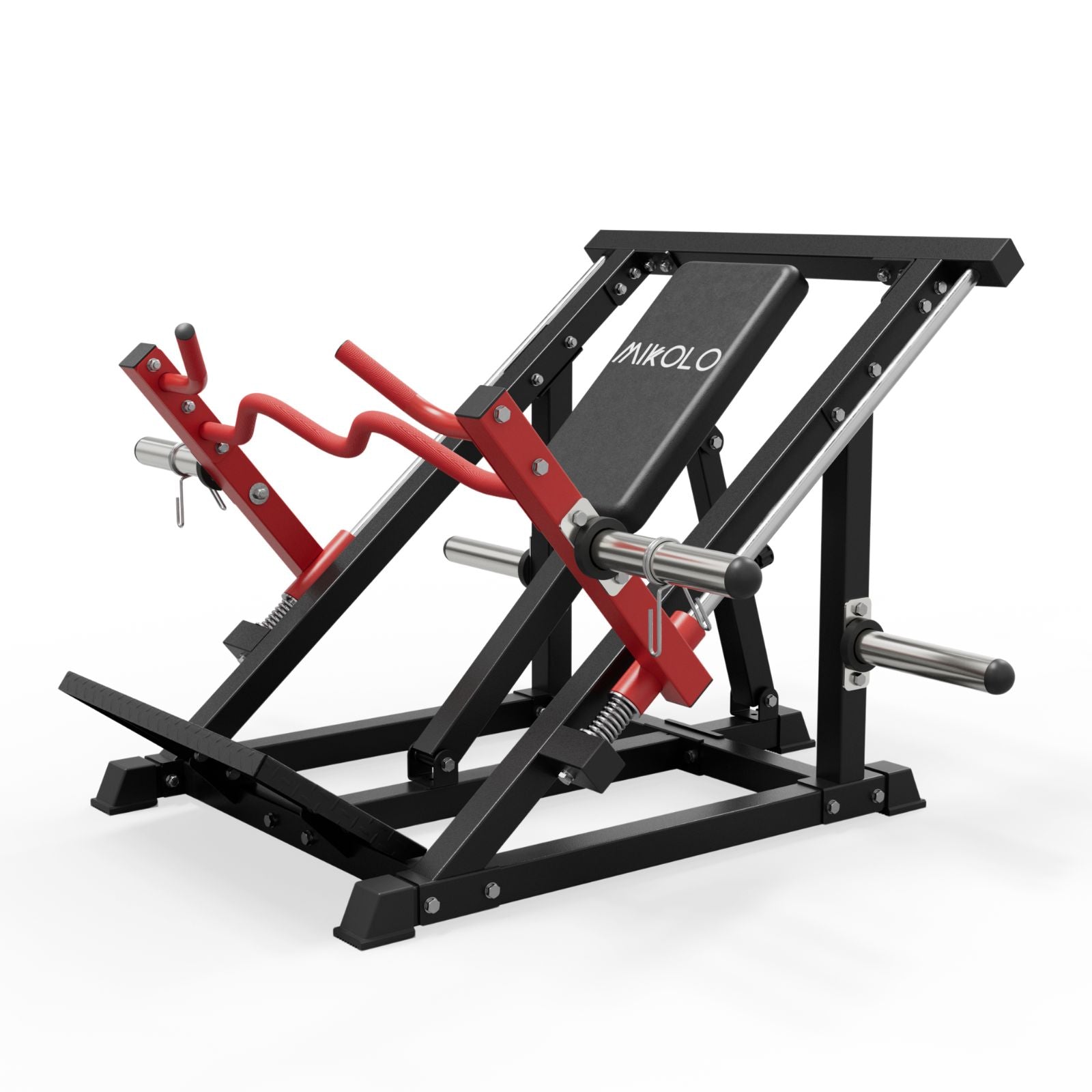
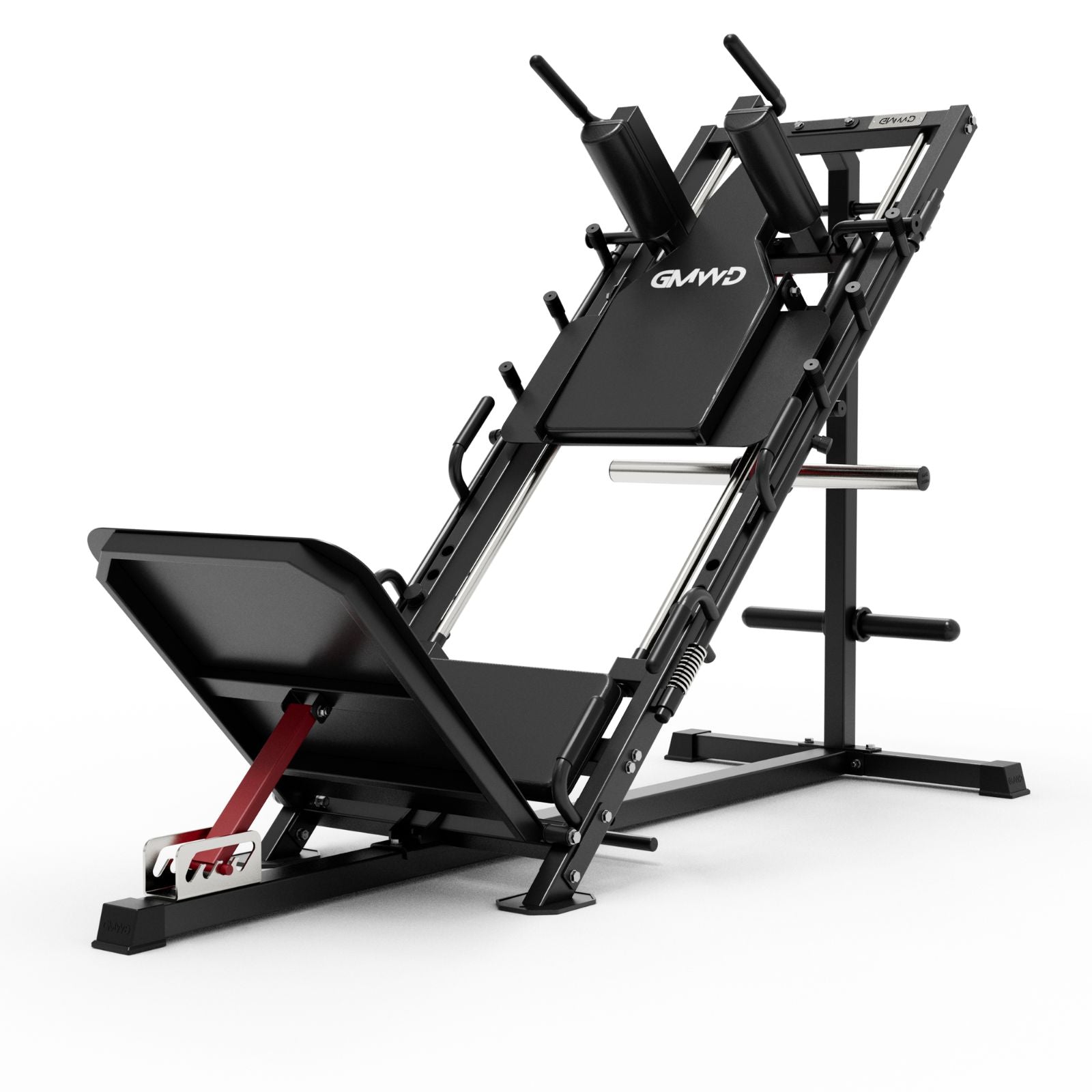
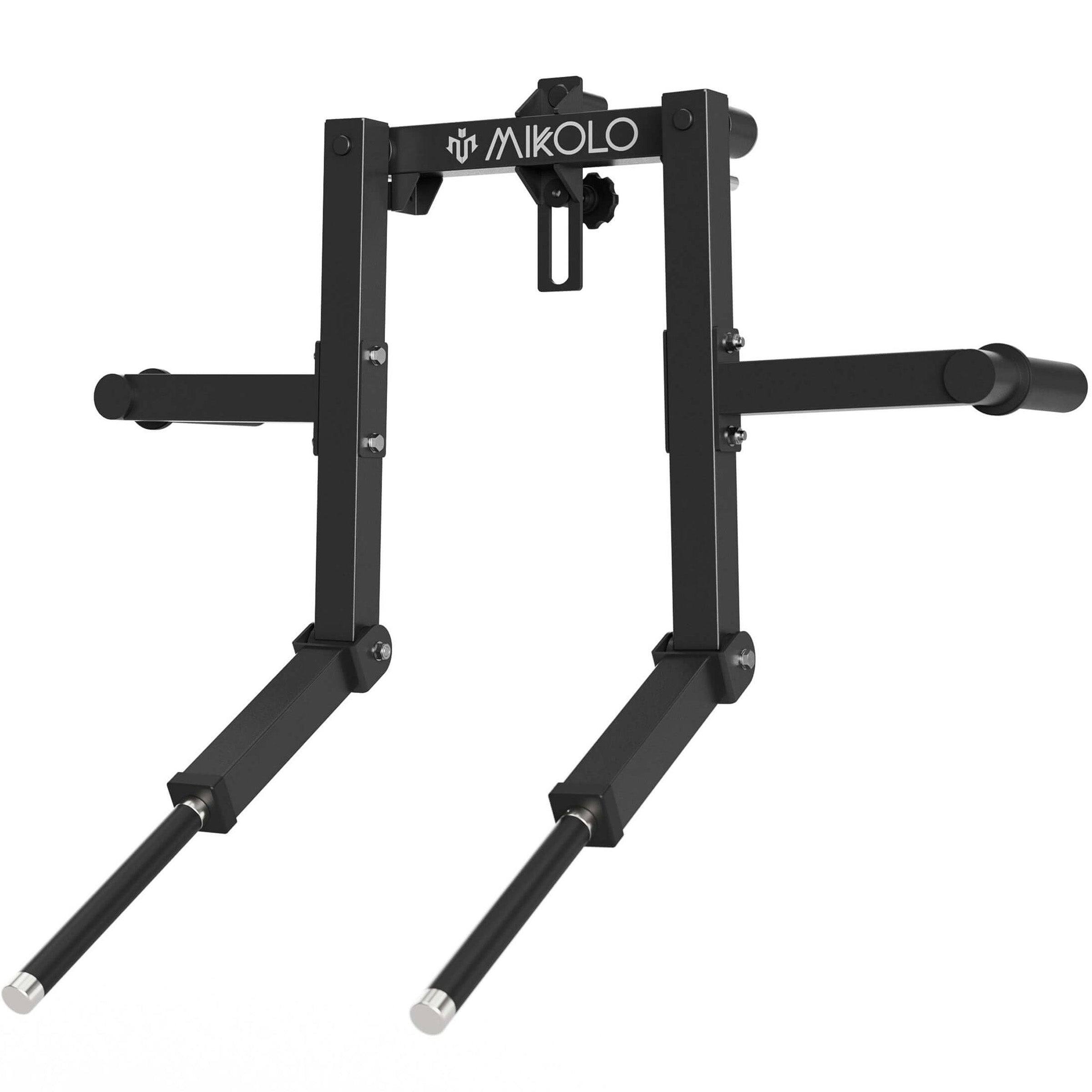
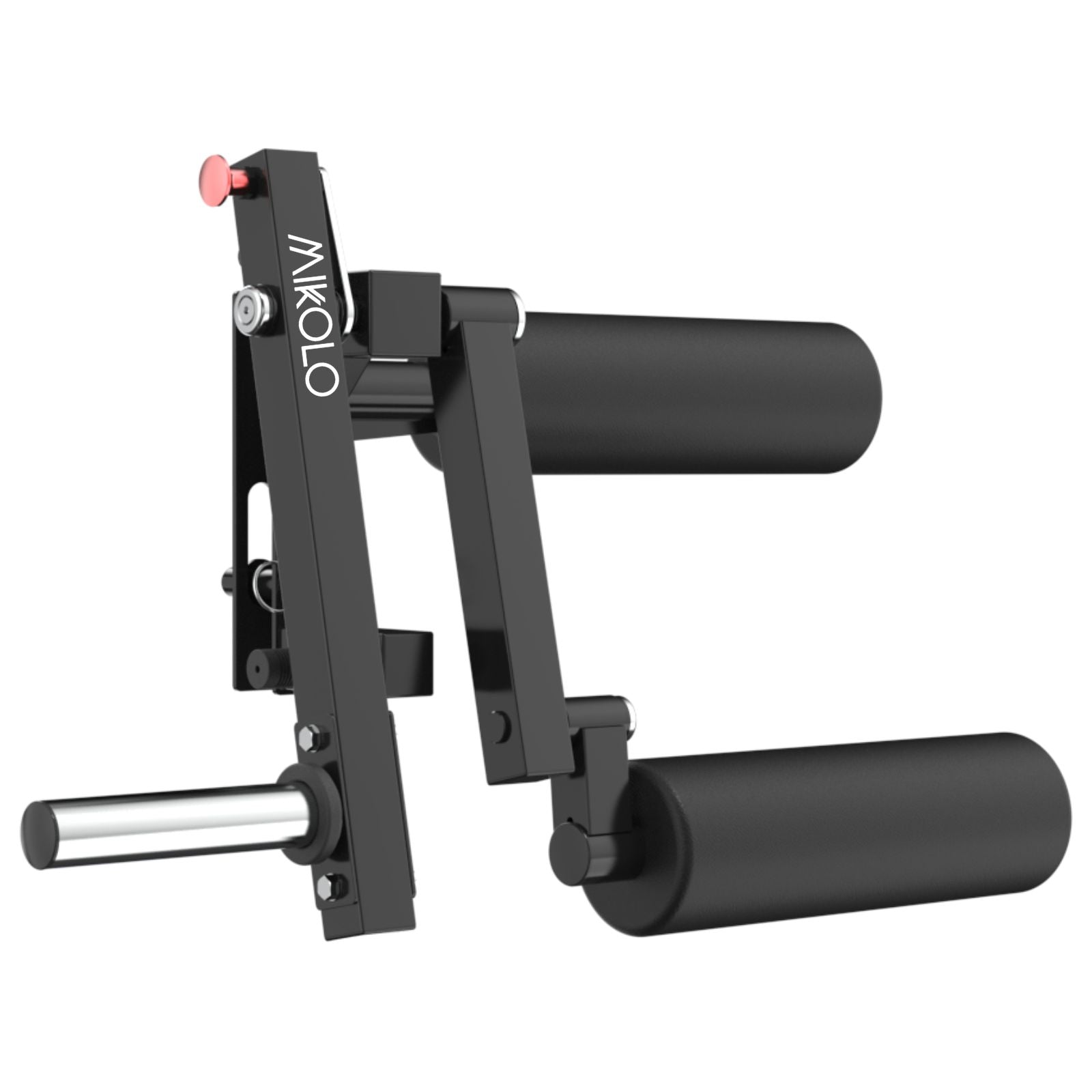
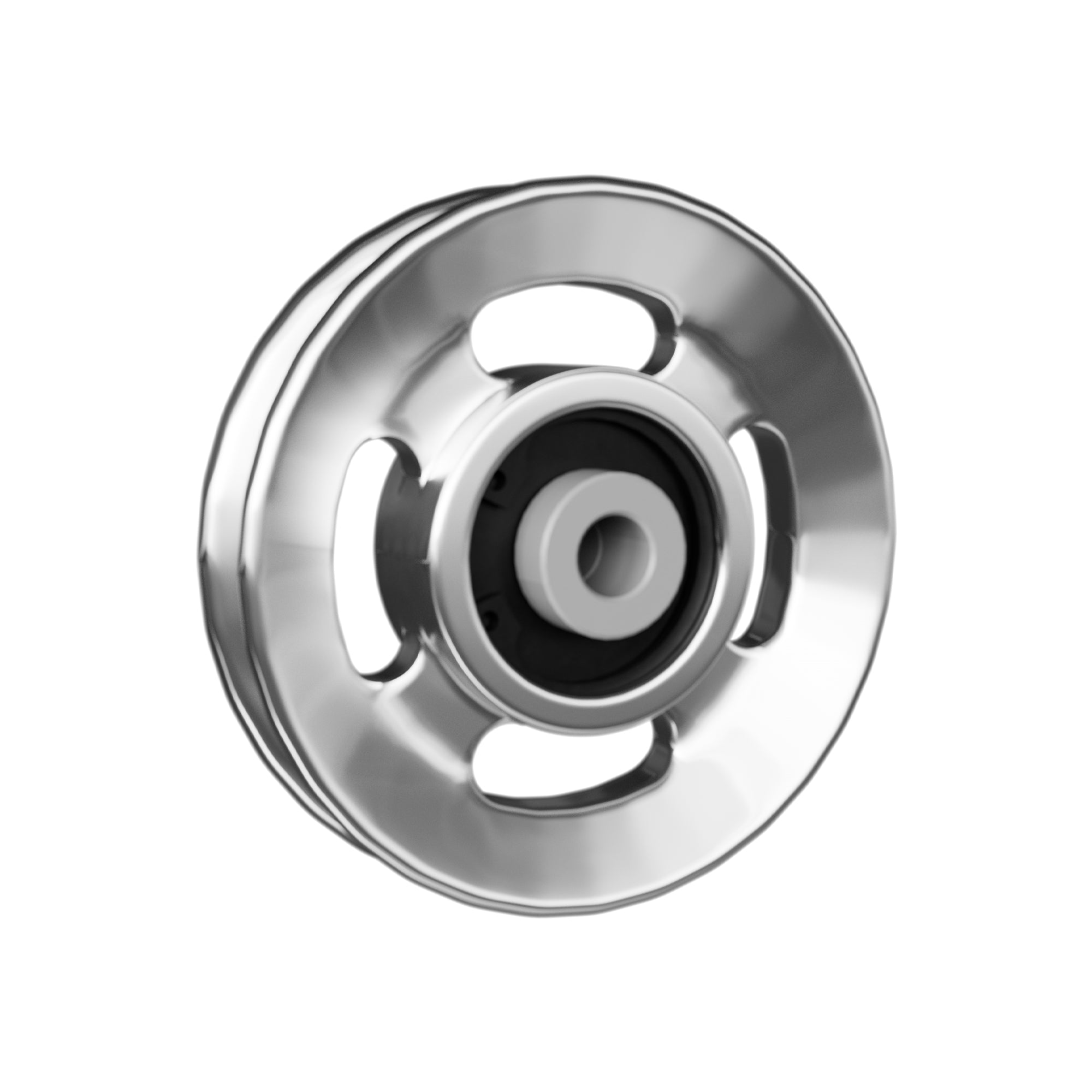
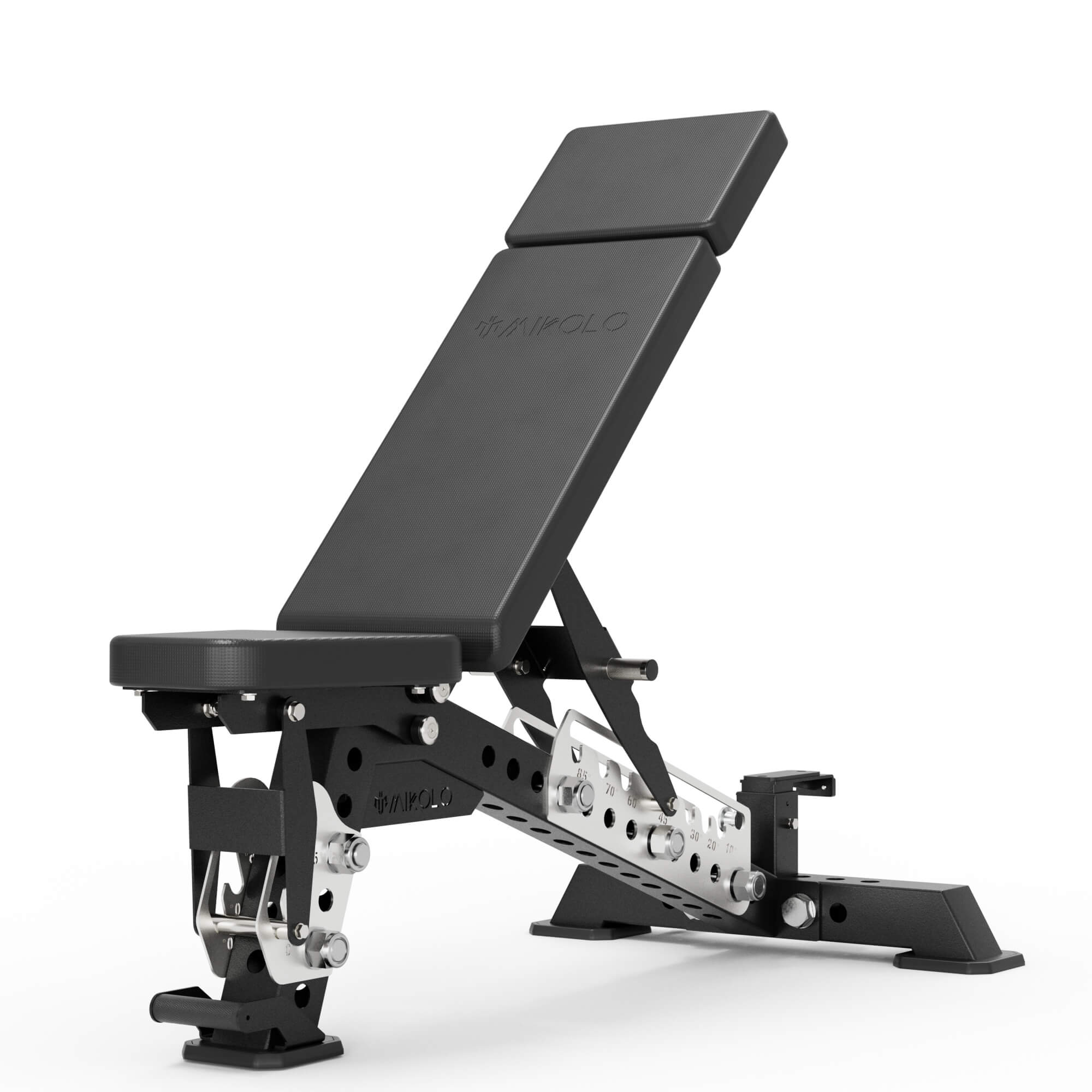
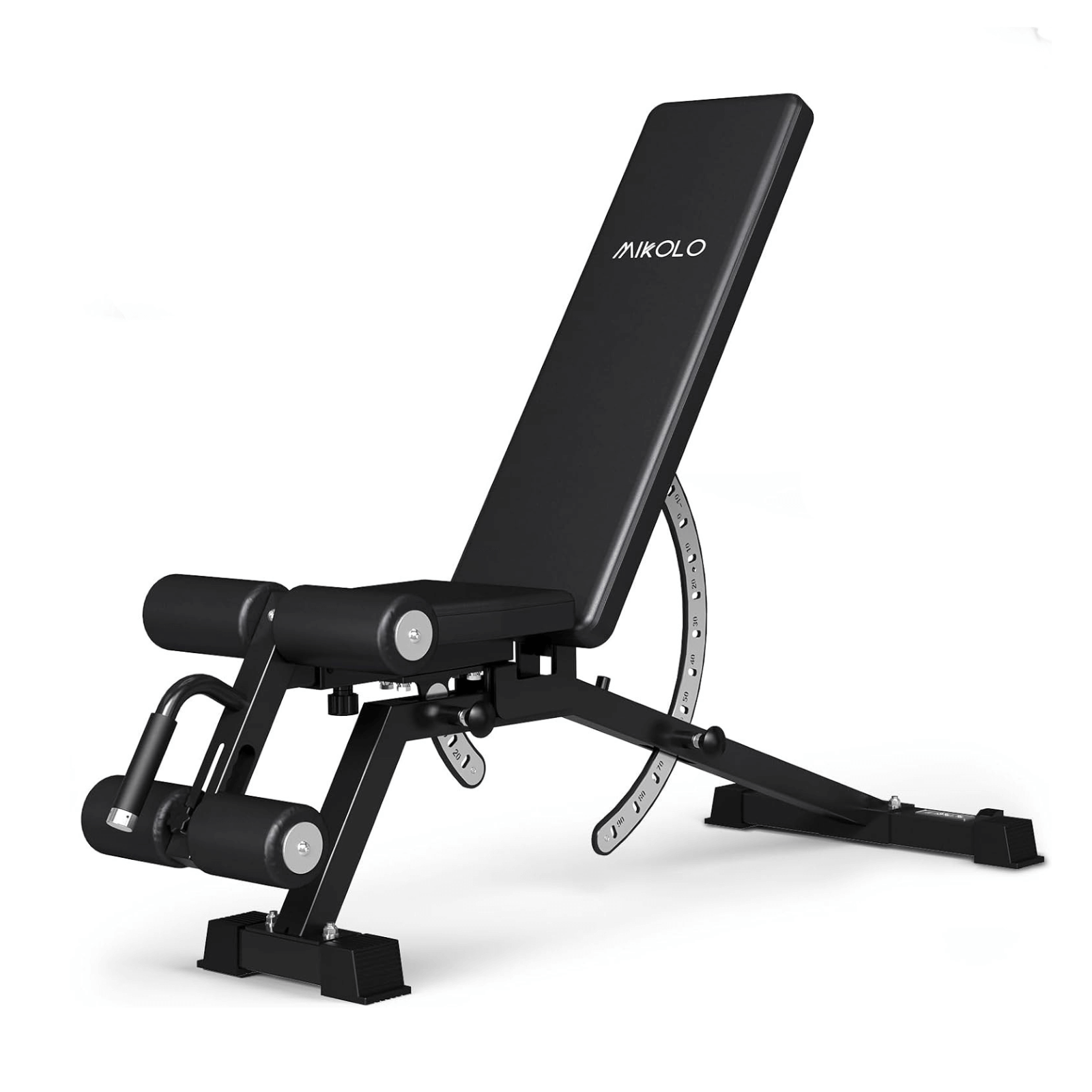
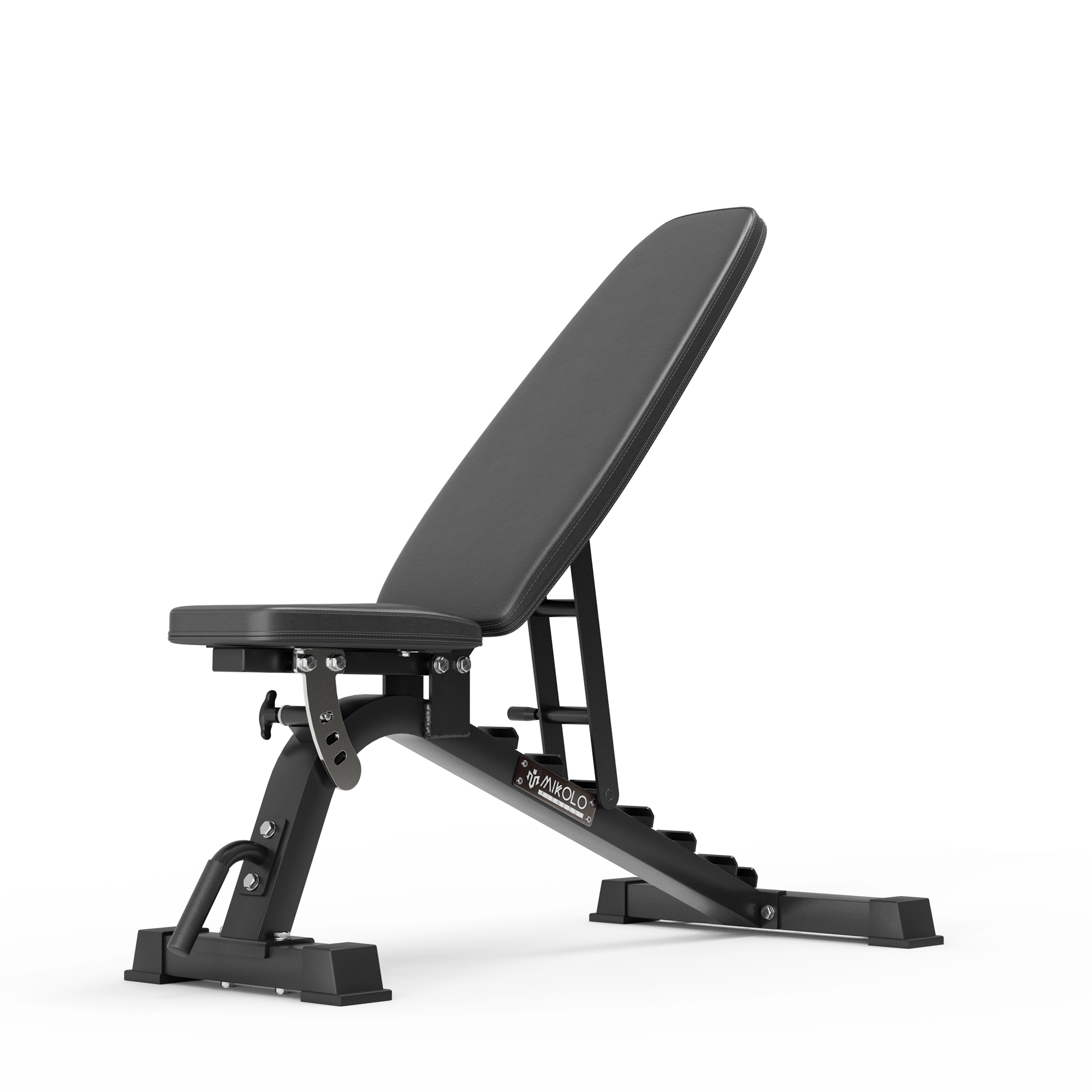
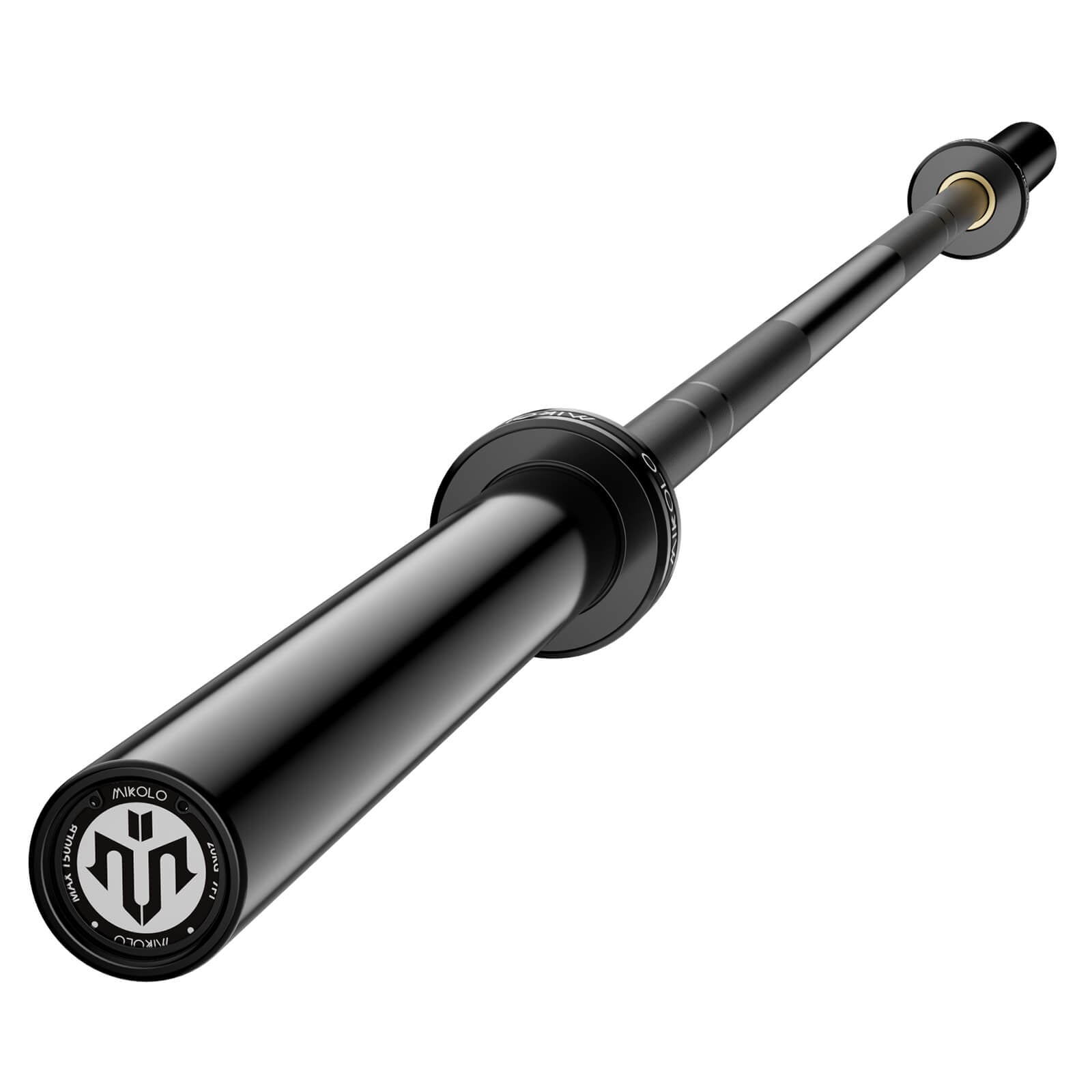
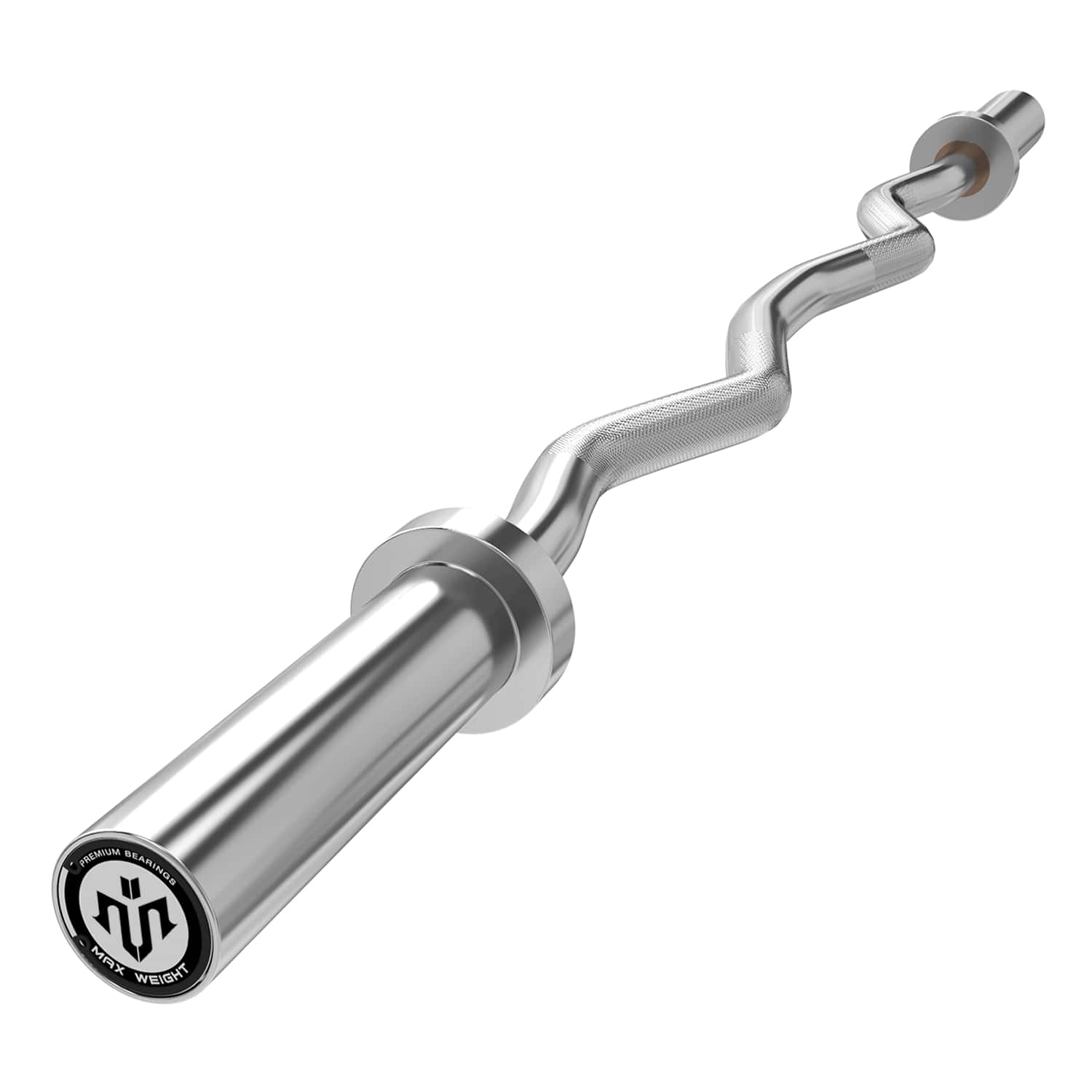
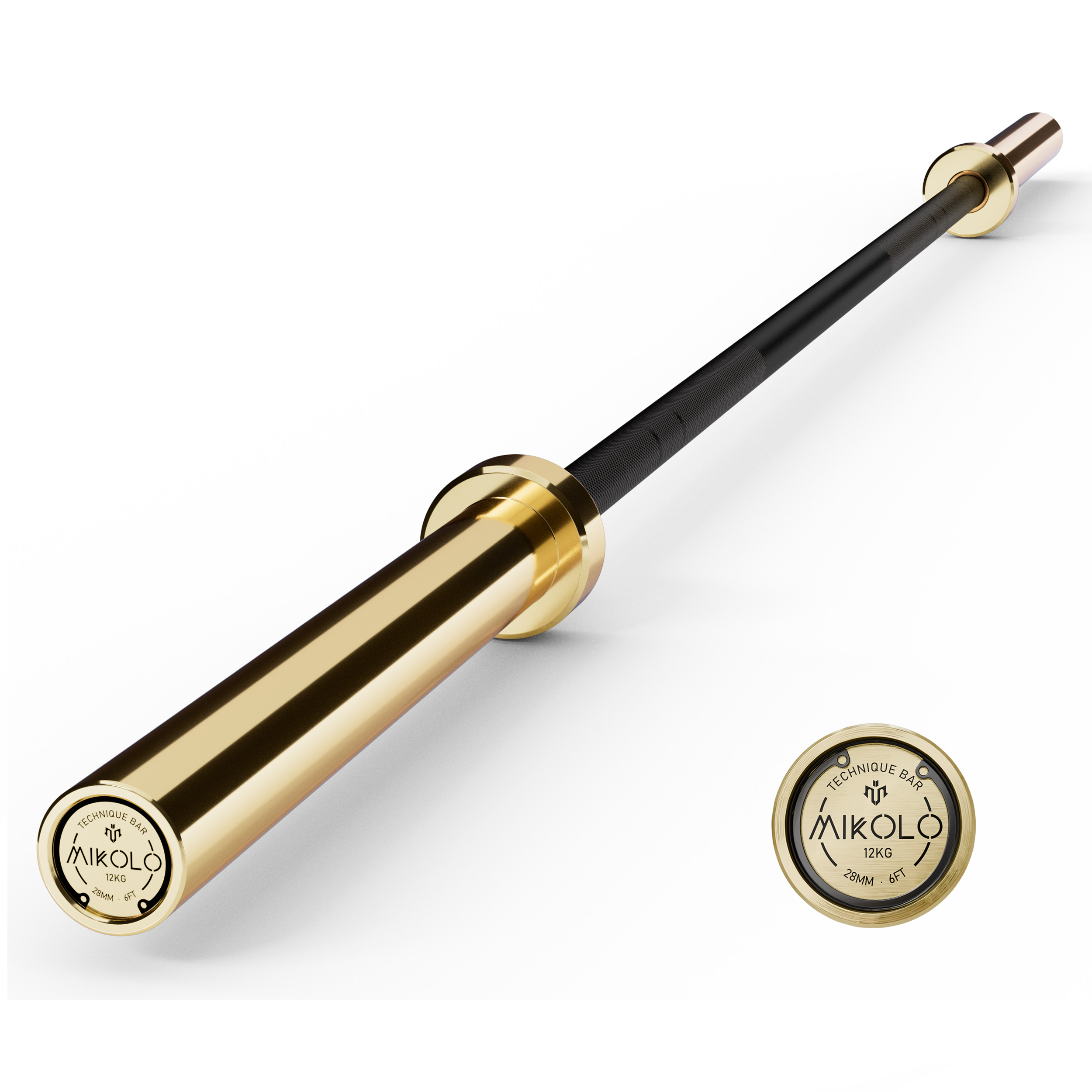
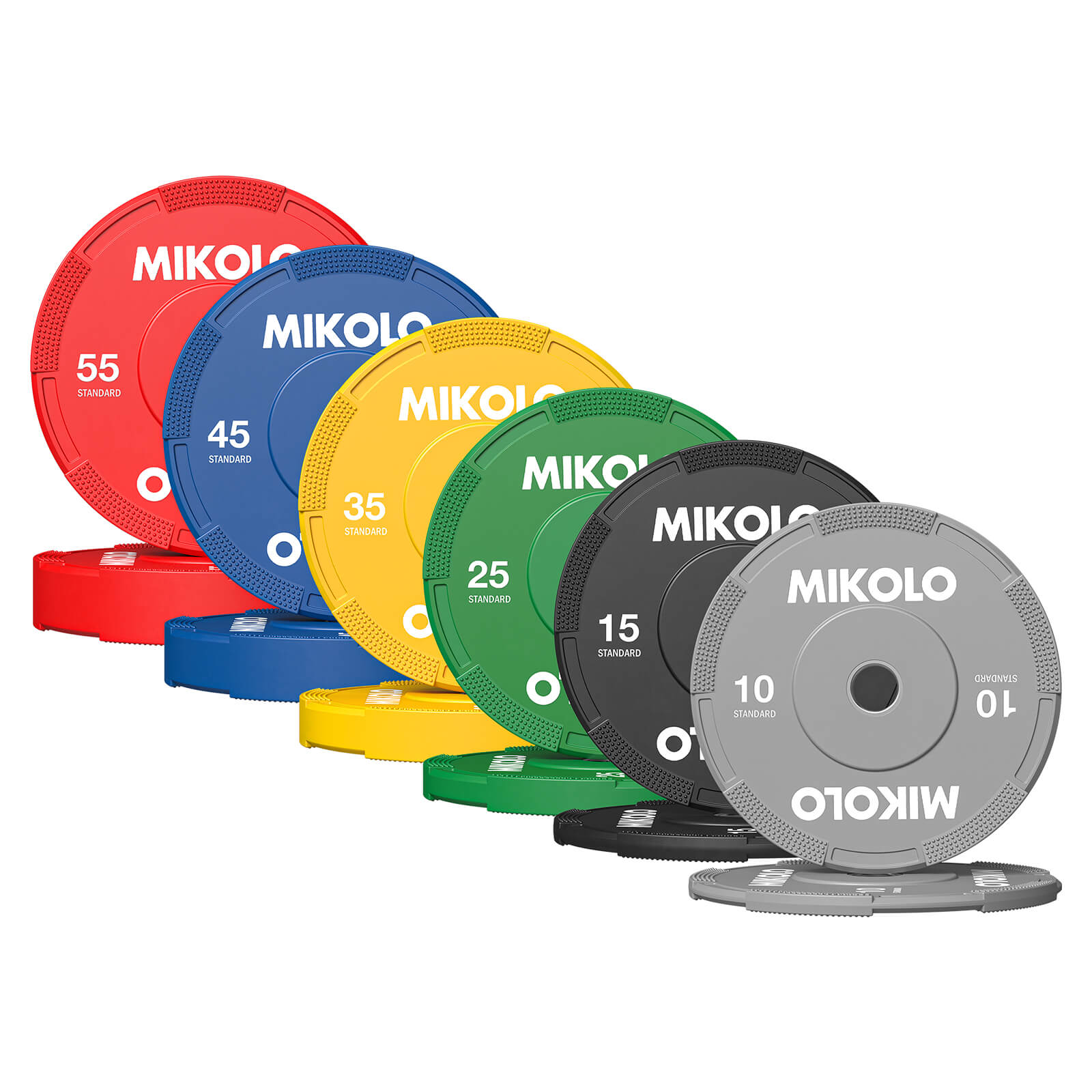
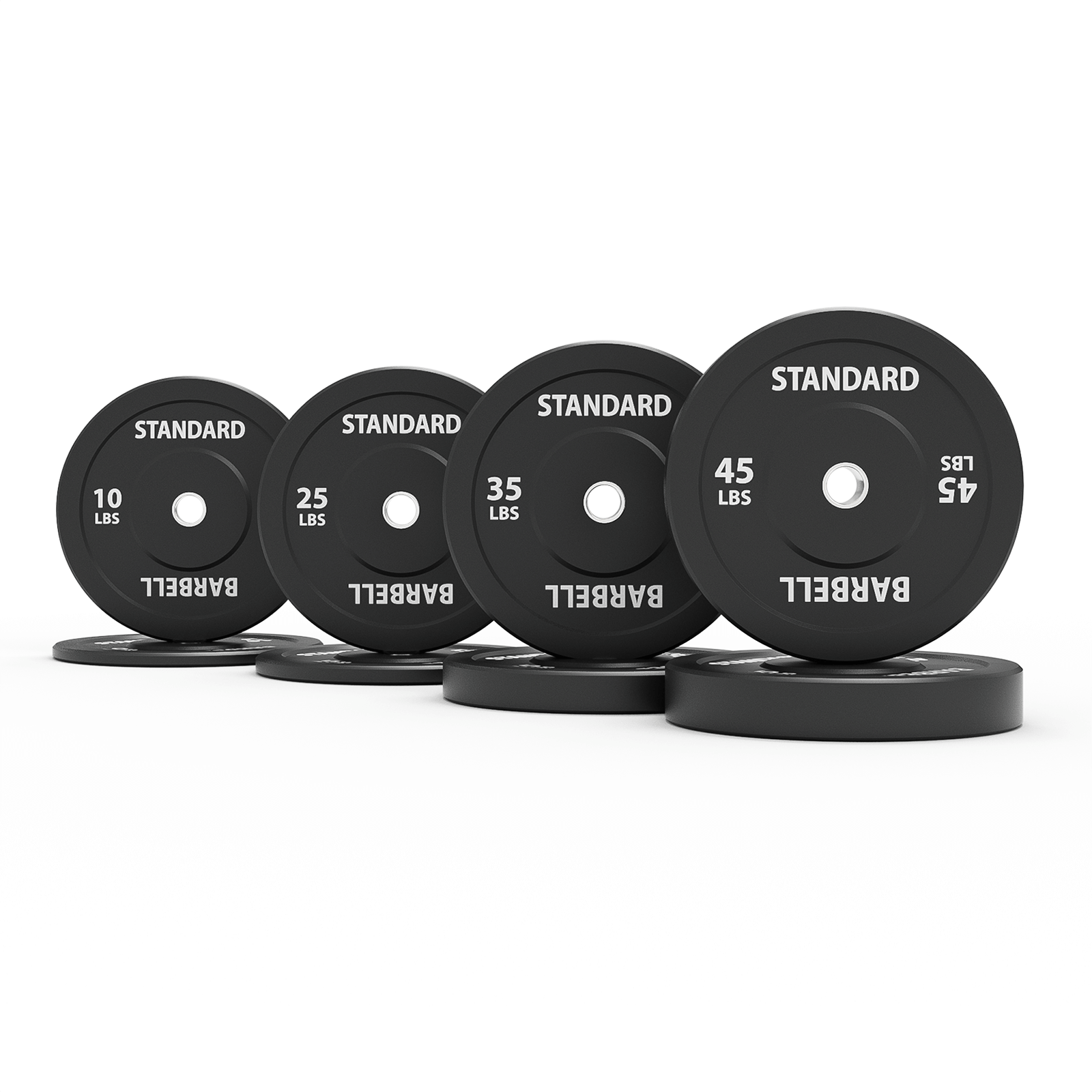
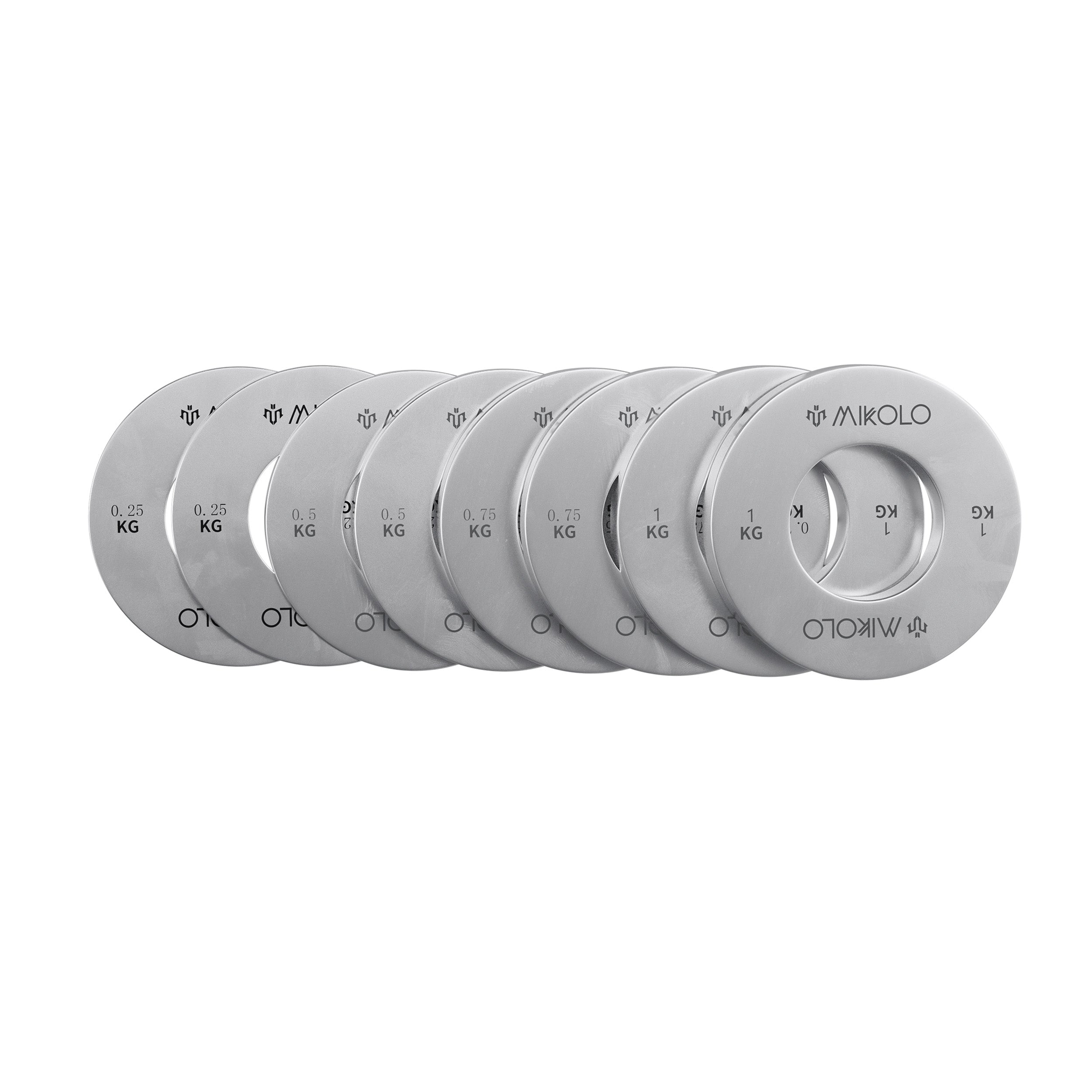
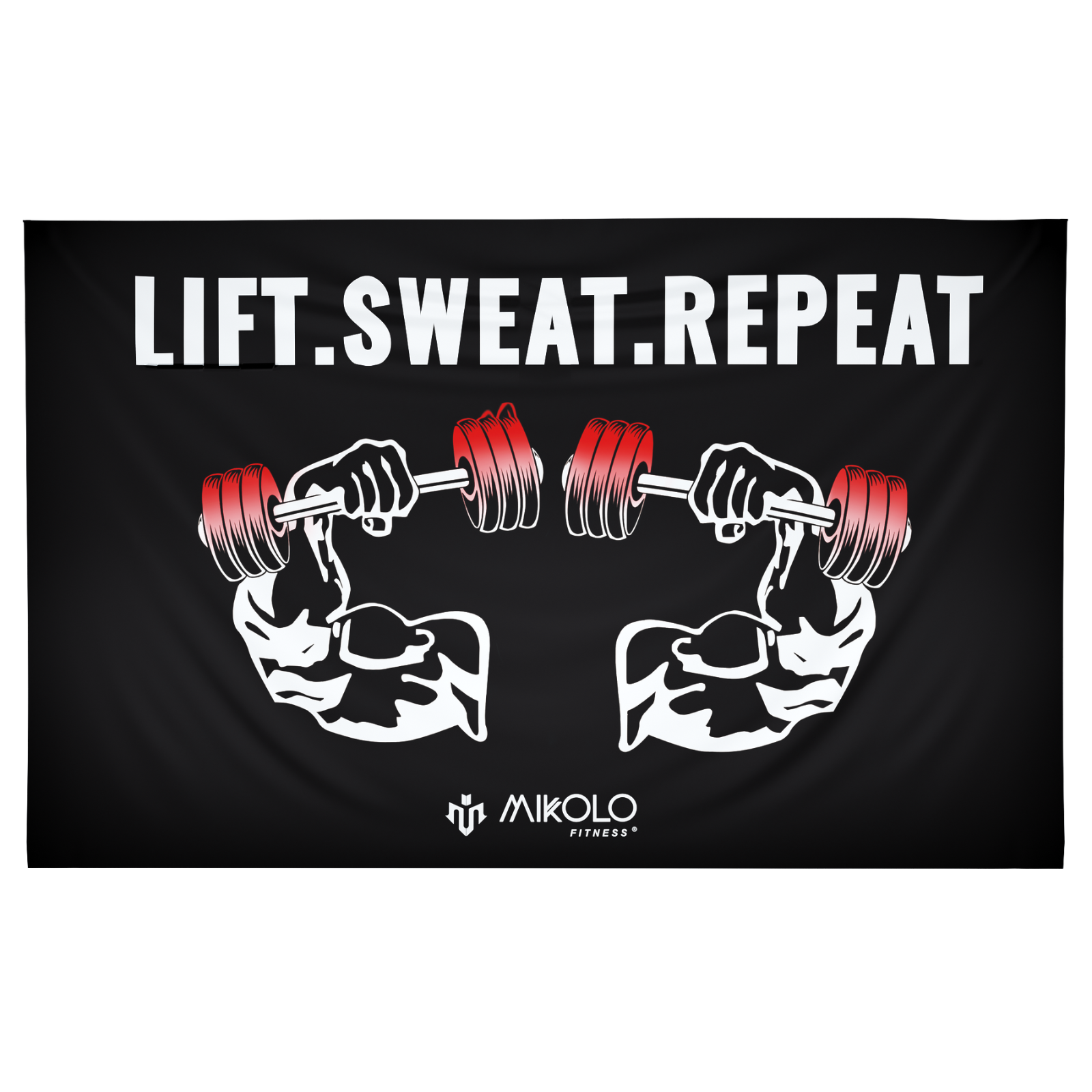
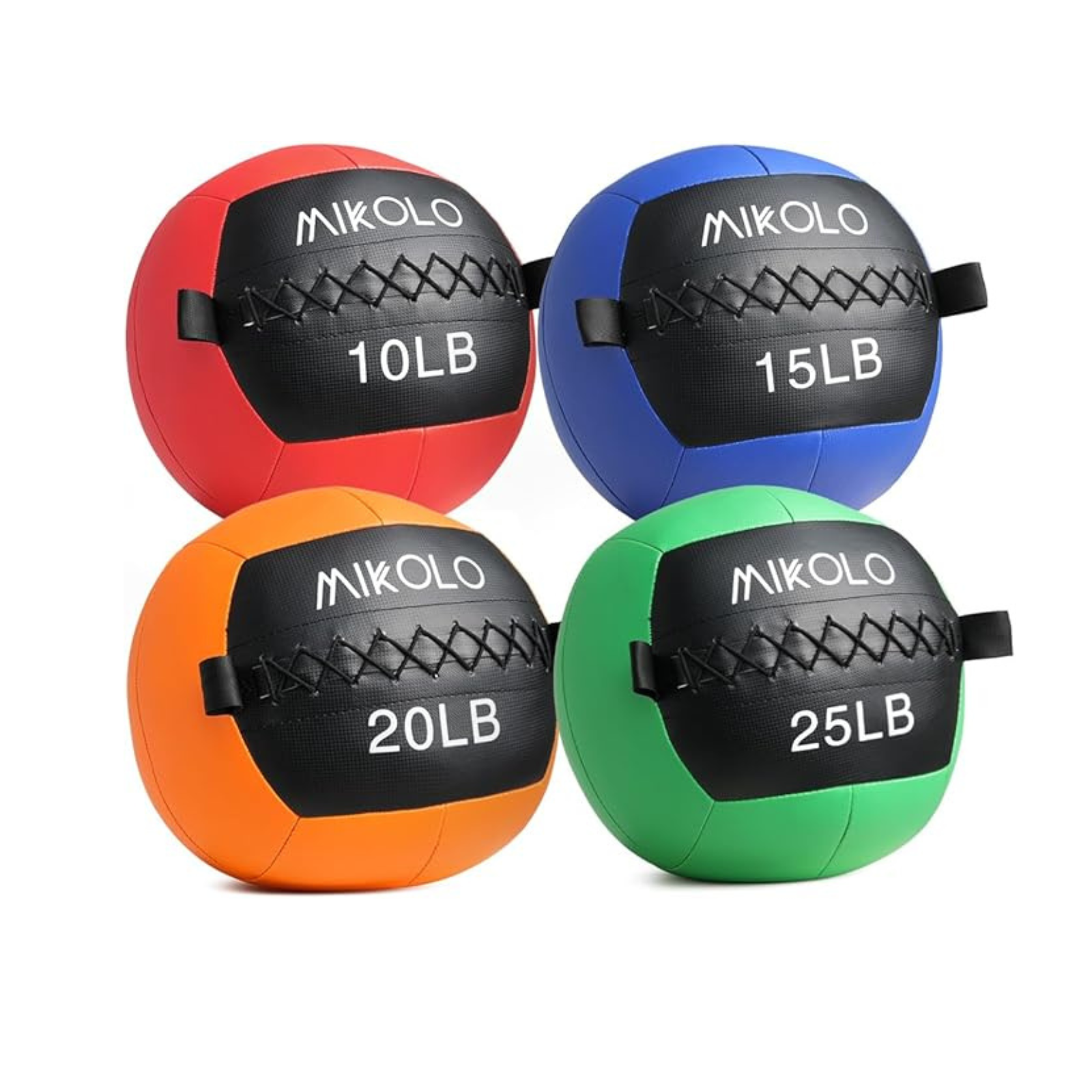
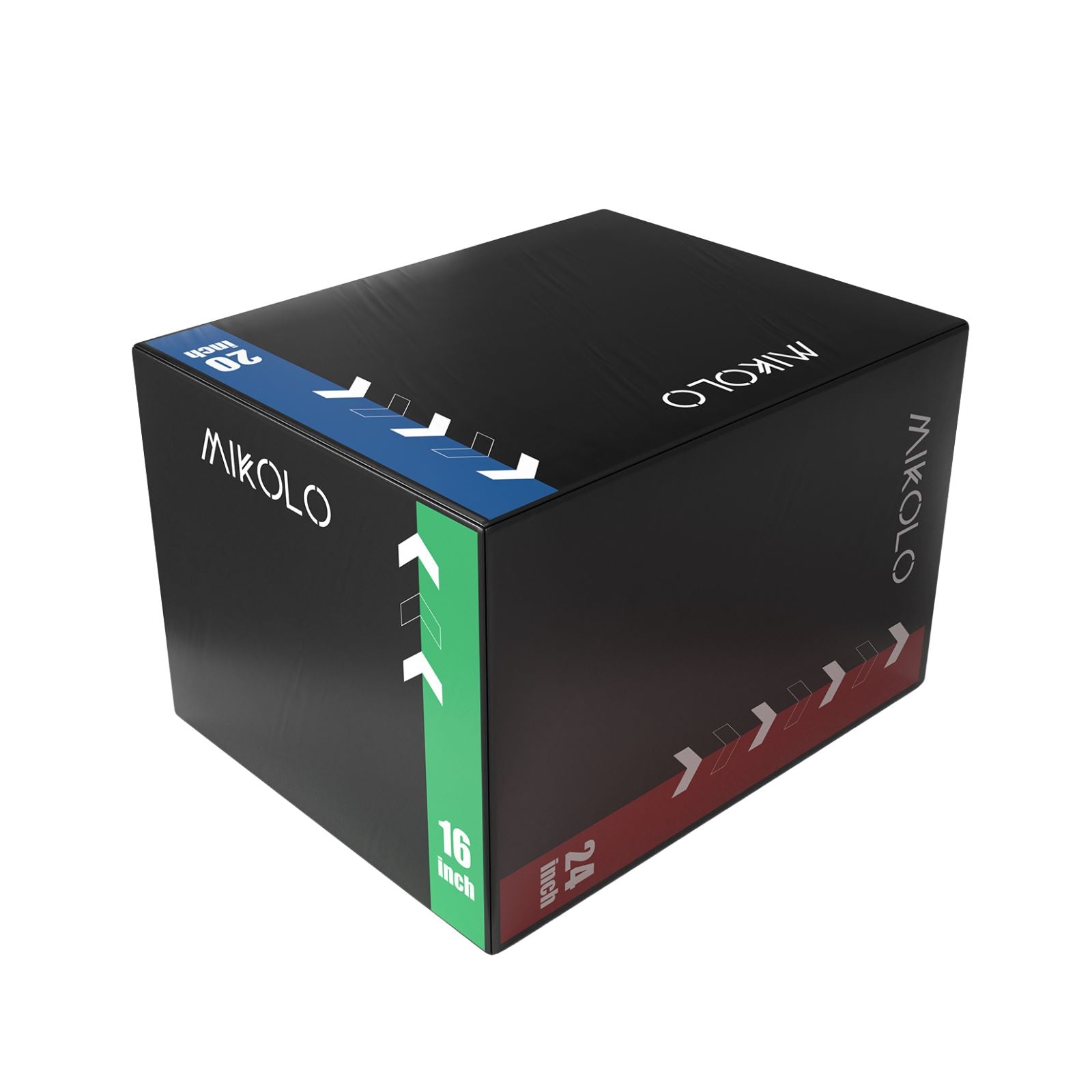
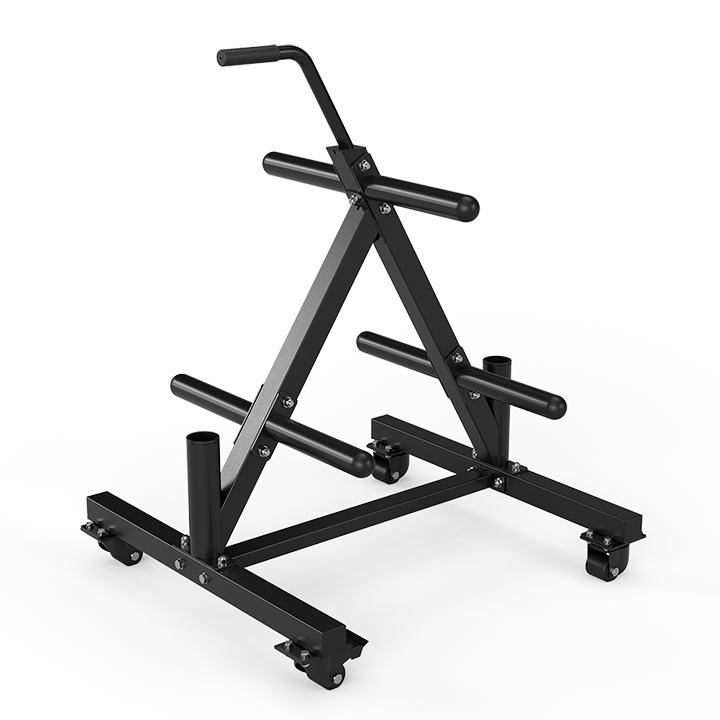
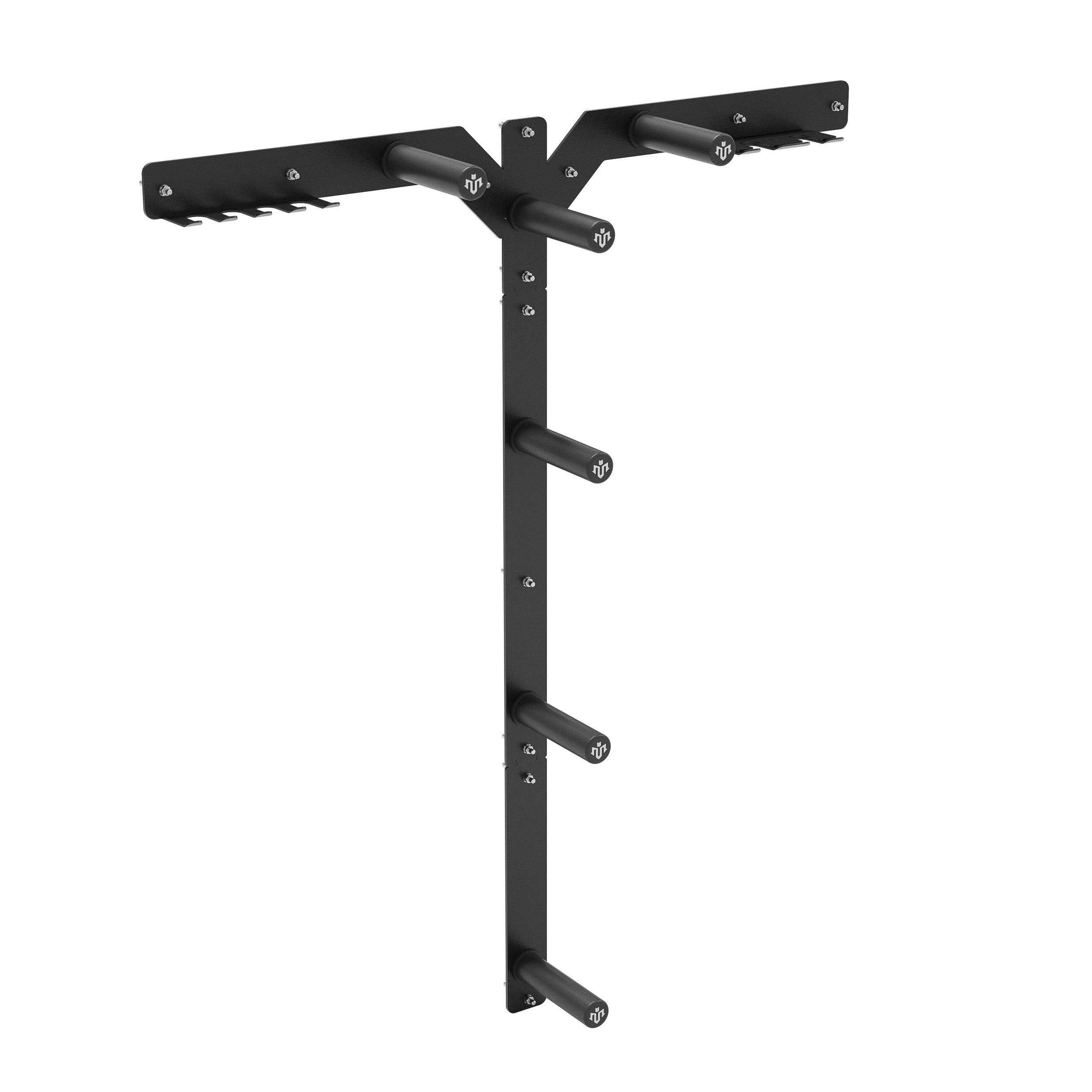
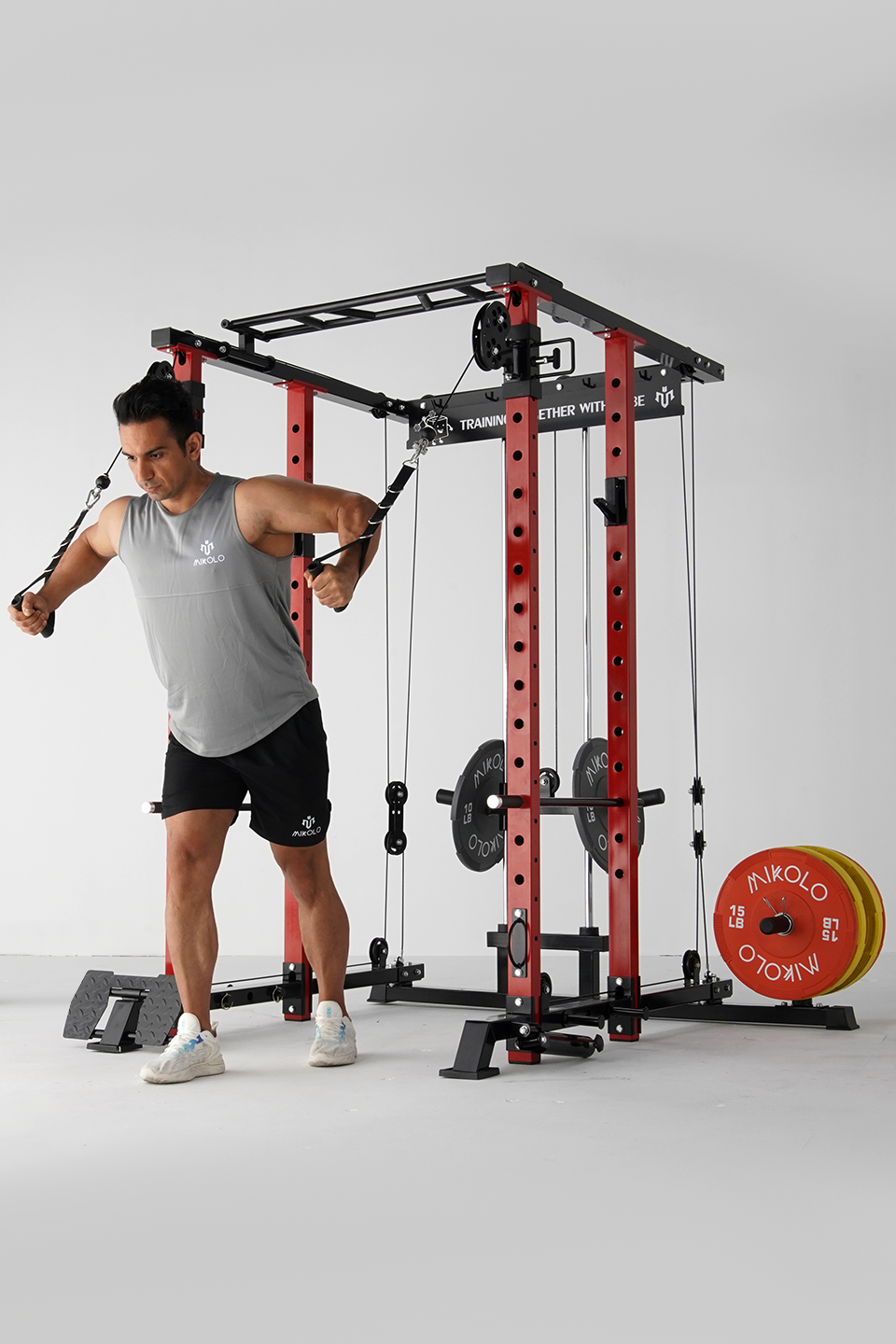
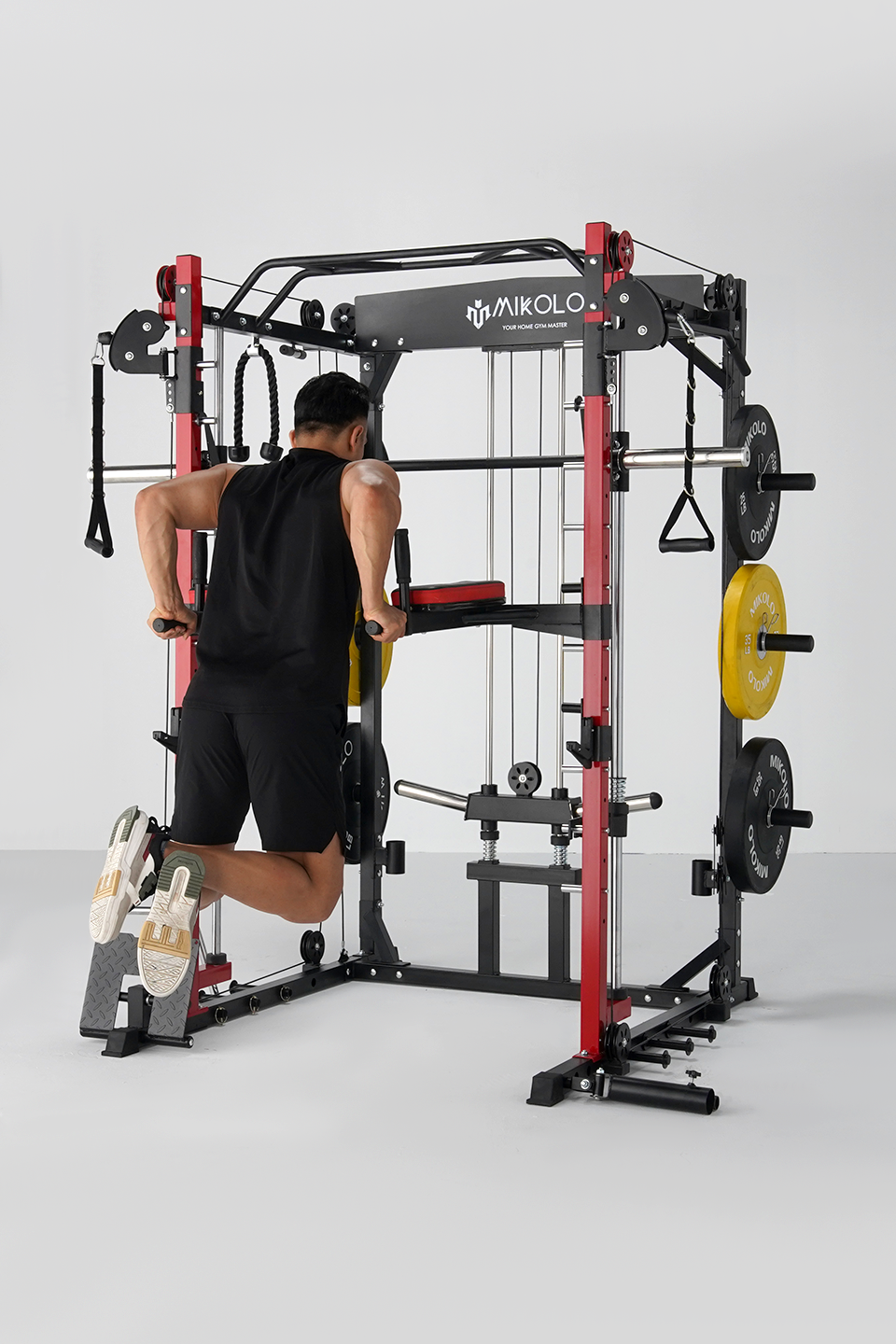


Leave a comment
This site is protected by hCaptcha and the hCaptcha Privacy Policy and Terms of Service apply.